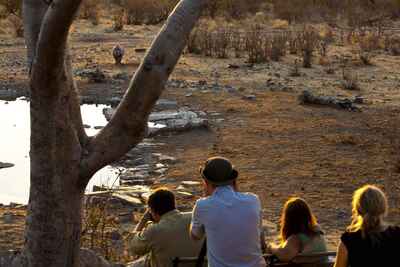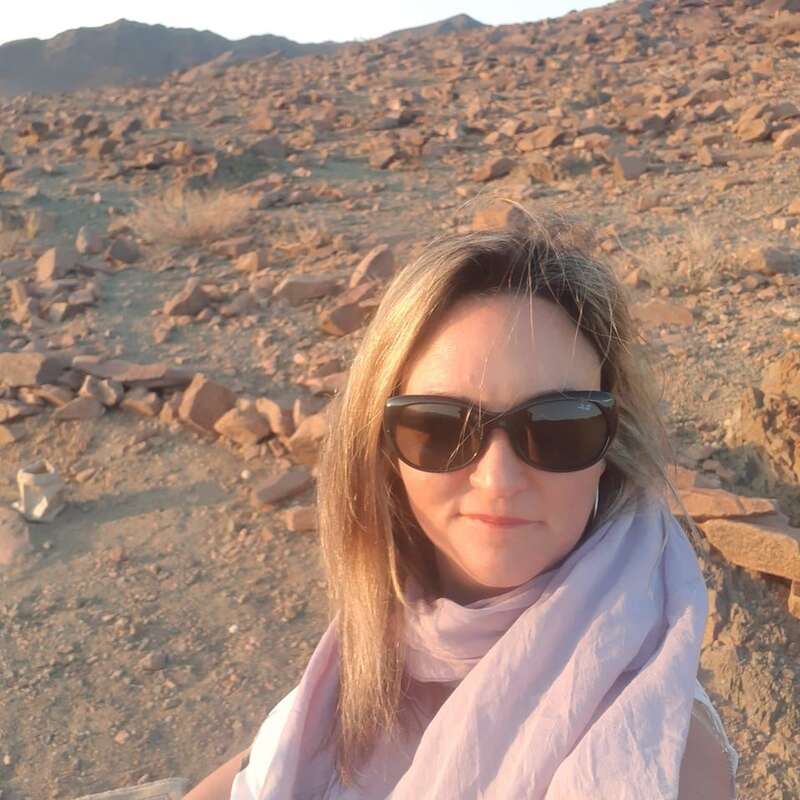About Halali Camp
Boasting a superb location, its own floodlit waterhole and relatively good value, Halali ticks a lot of boxes.
It’s also the smallest of Etosha’s original government restcamps, and quieter too – a big plus when watching animals is the focus of every visitor.
Unique among these restcamps is Halali’s dolomite kopje, which offers the opportunity for a short walk within the camp, something that’s all too rare in this iconic national park.
Dotted among the trees across the otherwise level site are chalets and rooms in various configurations. Functional but clean, all are geared to self-drivers and some come with cooking facilities. If that doesn’t fit into your holiday picture, there’s a restaurant on site too, and the large swimming pool is a strong attraction for families.
Of prime interest to most is Halali’s permanent waterhole, an inviting magnet for black rhino, elephant and plenty of plains game. With a natural setting on the edge of the camp, it’s a peaceful spot to while away an hour or two.
To explore the national park, you’ll need to take to a vehicle – your own or on one of the camp’s game drives. After dark, though, a game drive is your only option, a great opportunity to seek out Etosha’s nocturnal creatures in near isolation.
Our view
As a large restcamp, Halali offers a very different experience from the smaller, private lodges. Don't expect much personal attention here, and the staff are not always as helpful as they might be. Despite this, Halali's amazing location right in the middle of the park, along with its floodlit waterhole, make it a popular and good-value choice.
Accommodation
66 rooms
Children
Best for 6+
Open
All year
Activities

4WD Safari

Birdwatching

Night drive

Private activities
Traveller reviews of Halali Camp
337 real, un-edited reviews from Expert Africa's travellers.
Arrived 19 Oct 2024, 2 nights
"Halali Camp review"
Overall rating: Excellent
Arrived 11 Oct 2024, 2 nights
"Halali Camp review"
Overall rating: Average
Arrived 30 Sep 2024, 3 nights
"Halali Camp review"
Overall rating: Good
Arrived 22 Sep 2024, 2 nights
"Halali Camp review"
Overall rating: Average
Arrived 15 Sep 2024, 1 nights
"Halali Camp review"
Overall rating: Good
Arrived 7 Jun 2024, 1 nights
"Halali Camp review"
Overall rating: Excellent
Arrived 9 May 2024, 2 nights
"OK for 1 night to stay in the park"
Overall rating: Average
Arrived 16 Nov 2023, 1 nights
"Halali Camp review"
Overall rating: Good
Arrived 1 Oct 2023, 1 nights
"Halali Camp review"
Overall rating: Good
Arrived 12 Jul 2023, 3 nights
"Halali Camp review"
Overall rating: Good
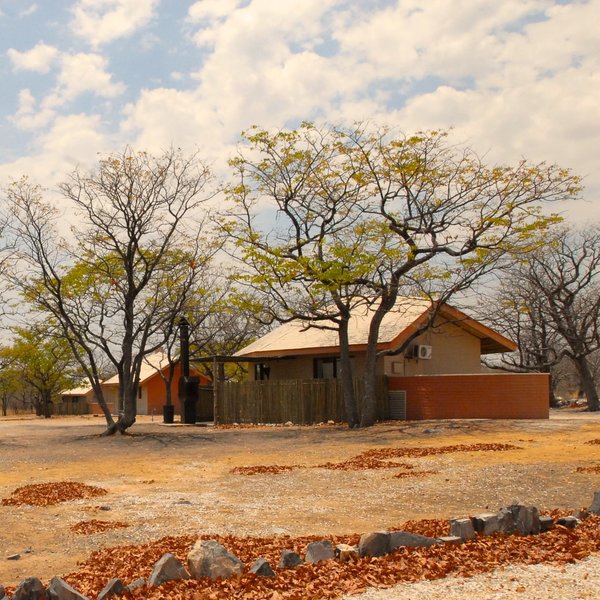
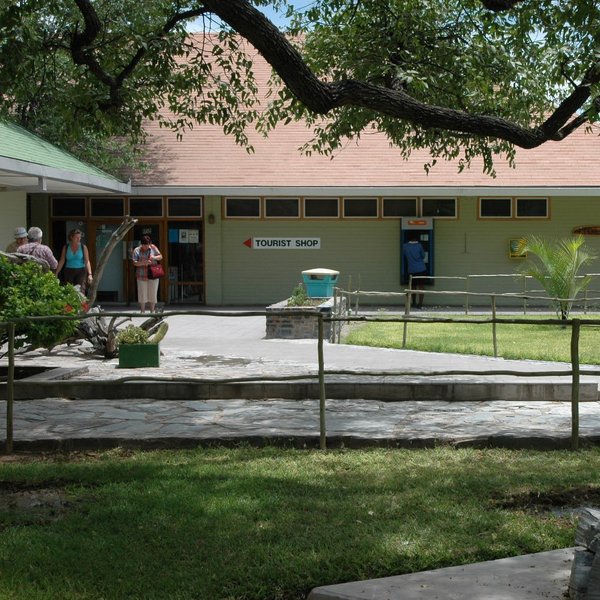
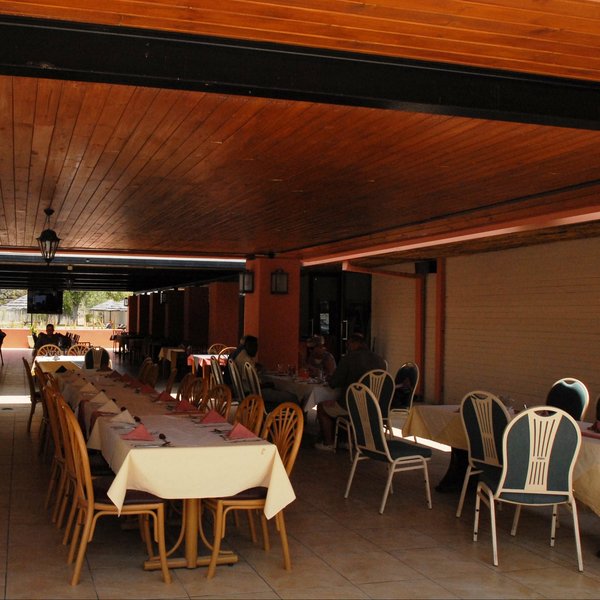
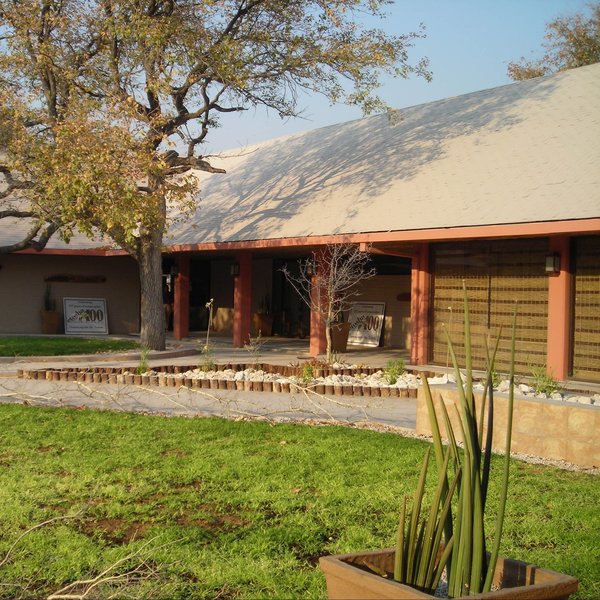
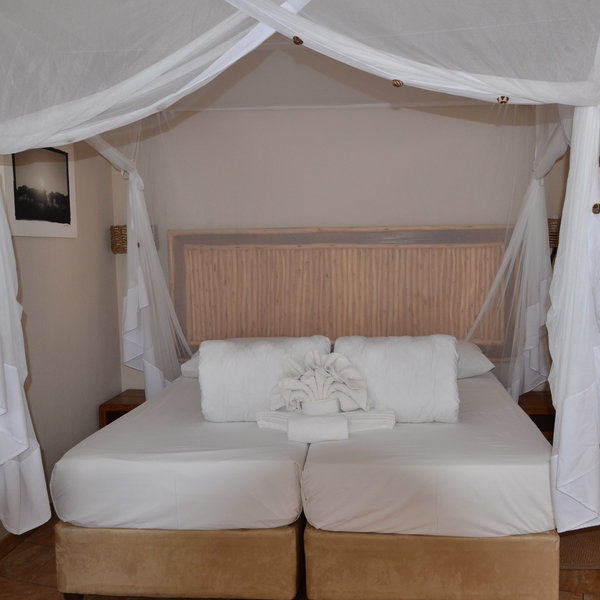
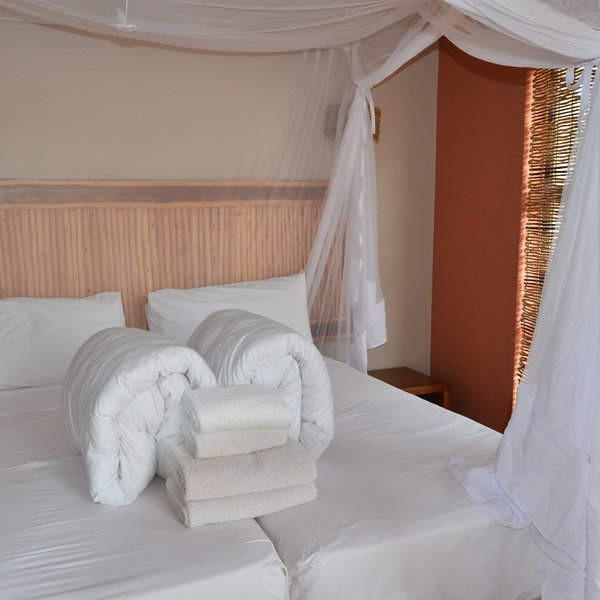
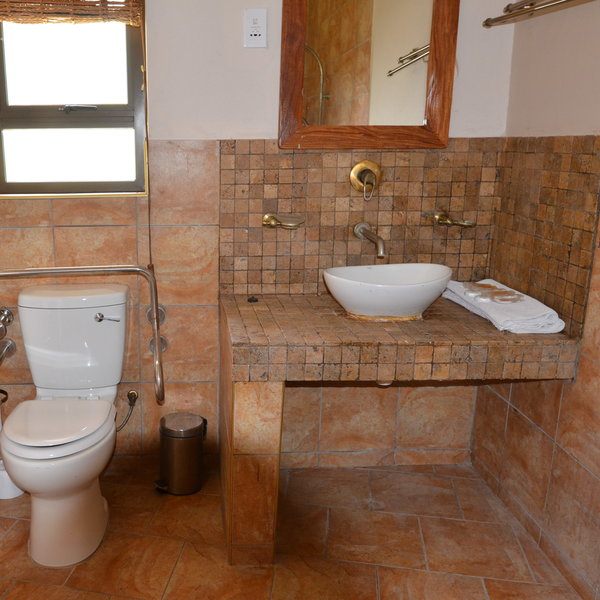
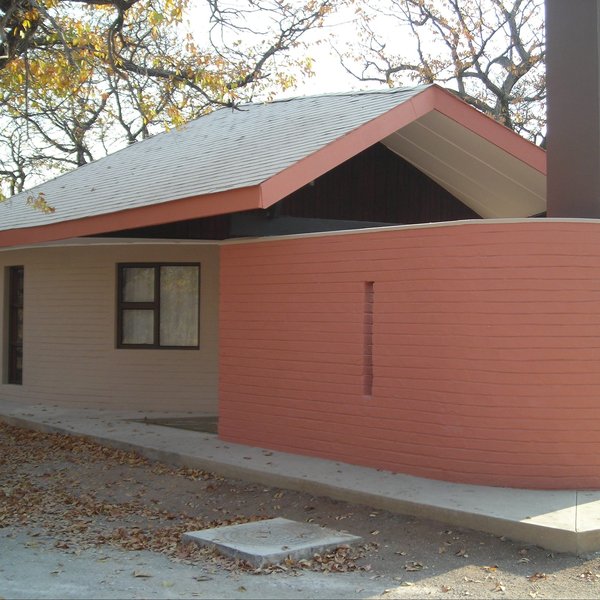
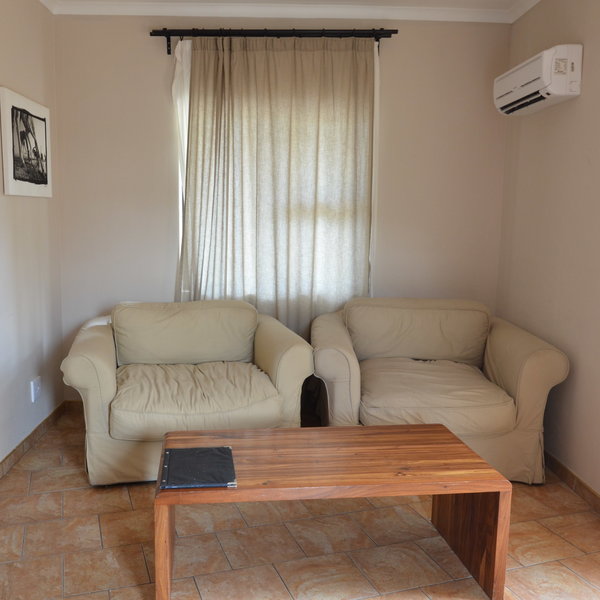
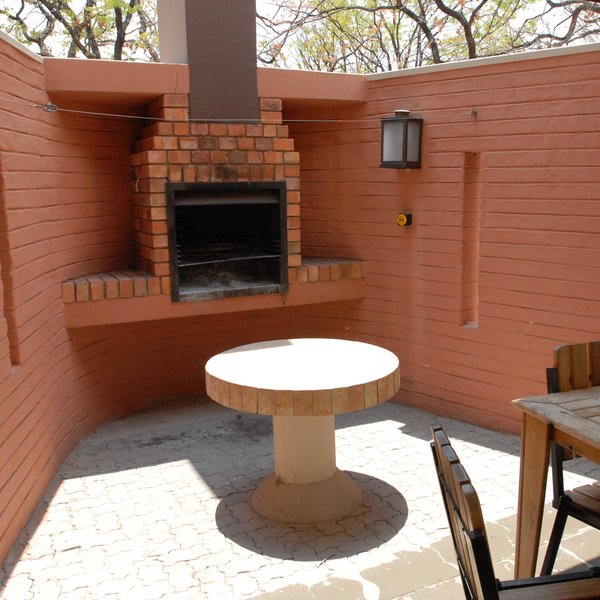
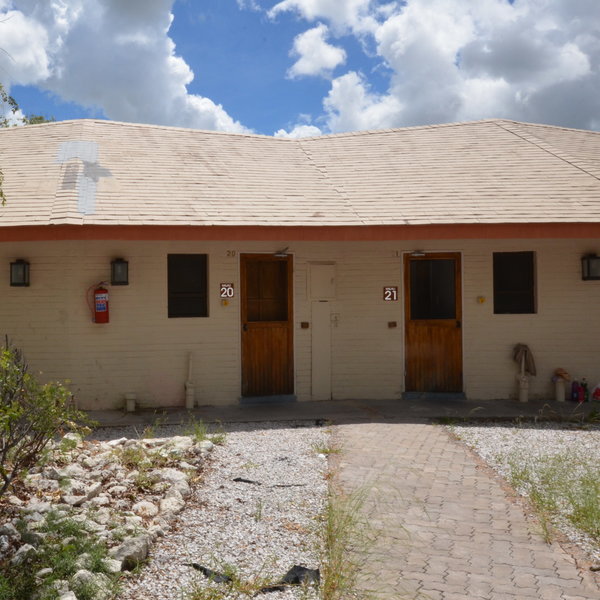
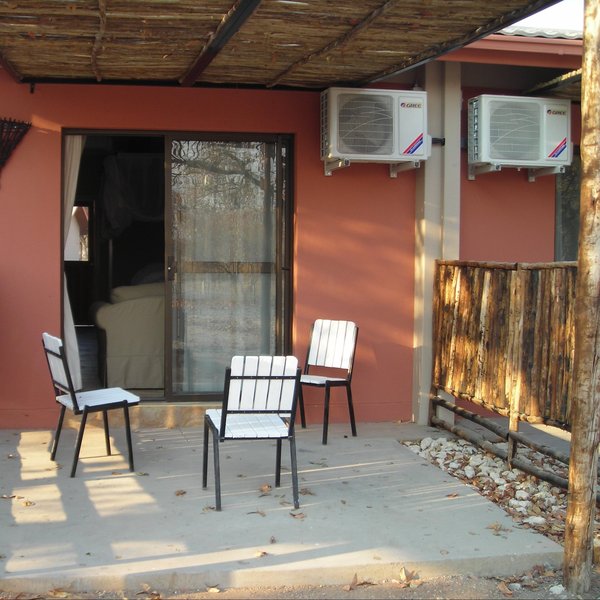
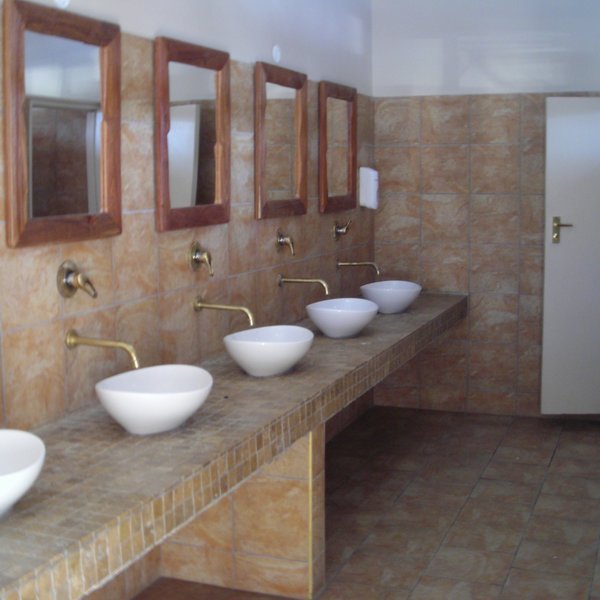
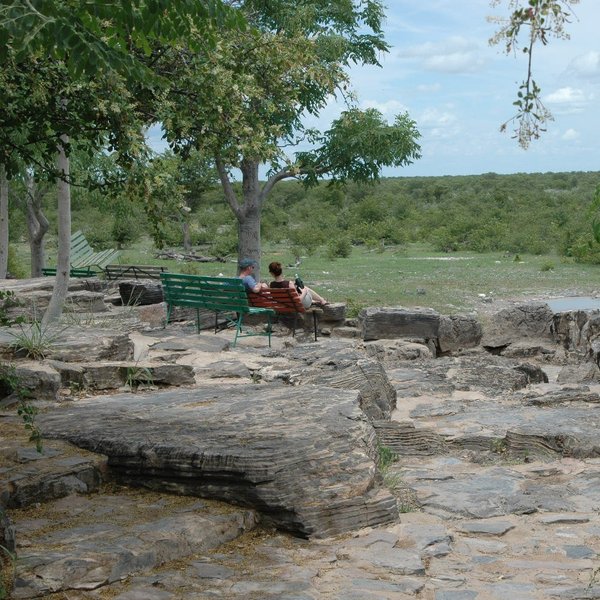
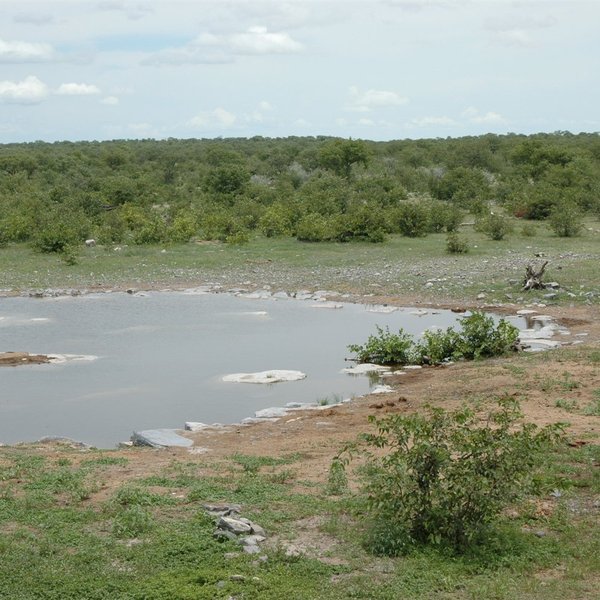
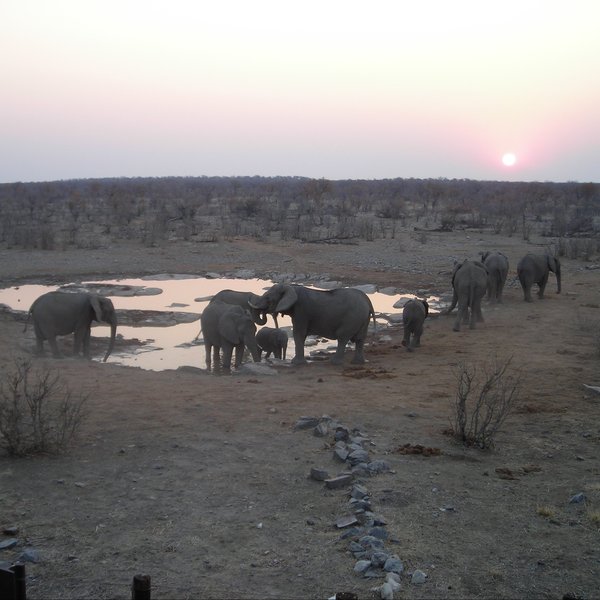
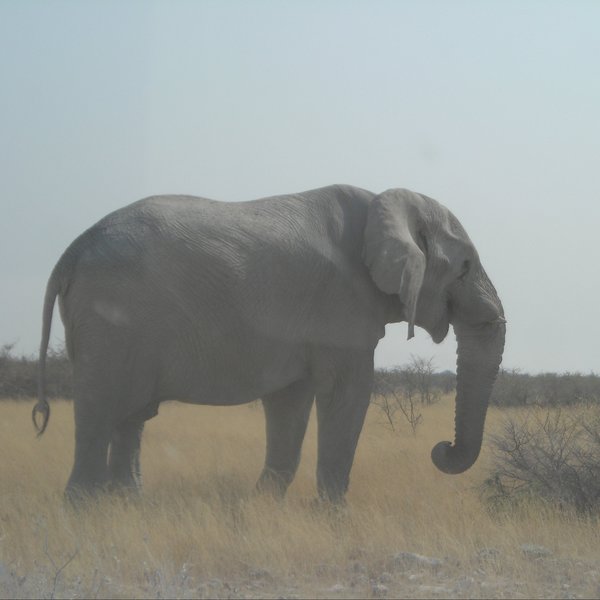
Expert Africa's gallery
When we travel we take lots of photos ourselves to give you a real and un-edited view of the safaris. See our 21 pictures of Halali Camp to get the candid view.
View gallerySafaris visiting Halali Camp
Just ideas, we'll always tailor-make a trip for you
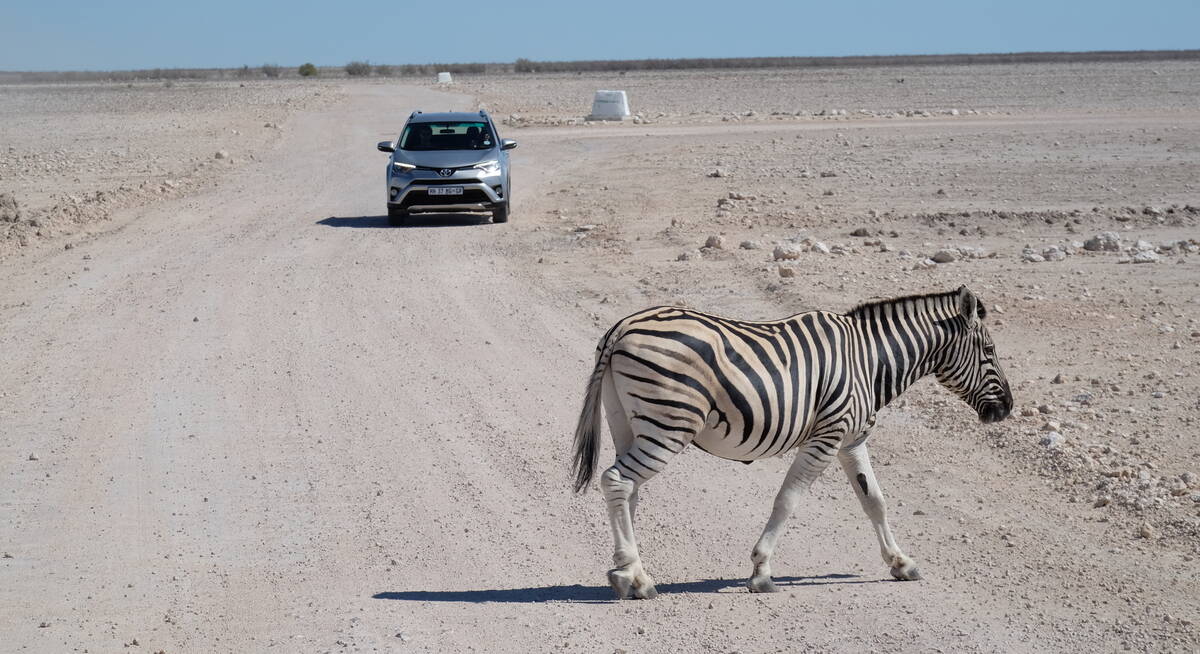
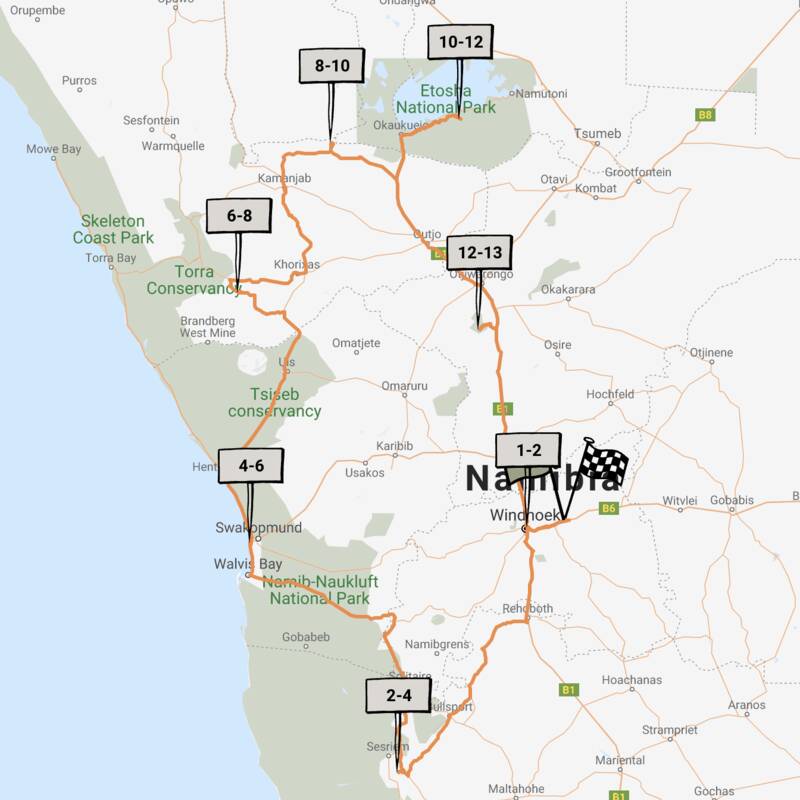
Namaqua Chameleon Self-drive
12 days • 7 locations • 1 country
WINDHOEK AIRPORT TO WINDHOEK AIRPORT
A classic 12-night self-drive adventure around the highlights of eastern and northern Namibia taking in Sossusvlei, Swakopmund, Damaraland, Etosha and a final stop at Okonjima. Comfortable lodges and great value.
Visiting Okonjima, Etosha and 4 other areas
US$4,140 - US$5,240 per person
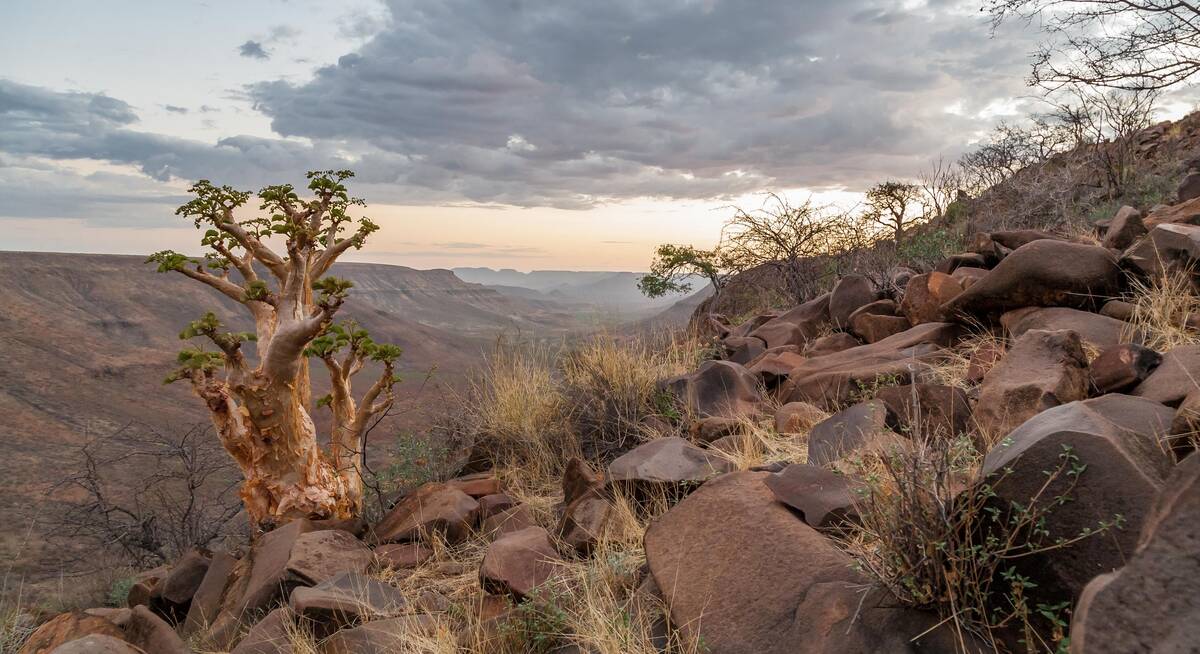
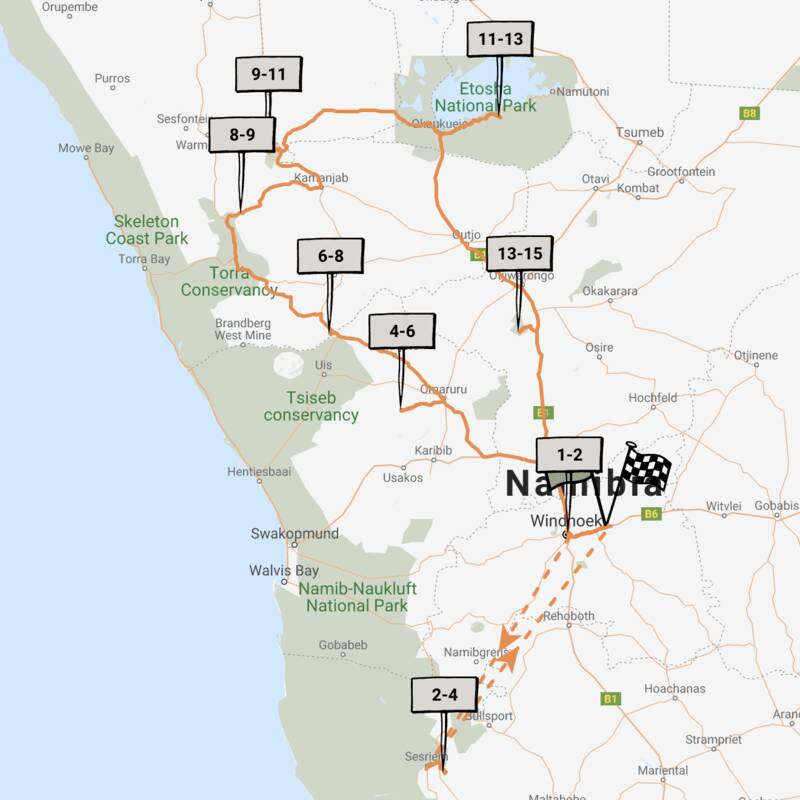
Dune Lark Fly & Drive Safari
14 days • 8 locations • 1 country
WINDHOEK AIRPORT TO WINDHOEK AIRPORT
A combination fly-in self-drive exploration of Namibia, with quick, easy and scenic flights in and out of Sossusvlei before a classic road trip adventure of the country’s rugged north.
Visiting Okonjima, Namib-Naukluft and 4 other areas
US$5,480 - US$5,880 per person
Halali Camp: Our full report
Strategically located alongside the middle of Etosha Pan, Halali Resort has its own floodlit waterhole.
One of five erstwhile government restcamps and lodges inside Etosha National Park, it stands beside one of the park's very few hills in Etosha. It's also the smallest and quietest of the original restcamps – although it's still much larger than most camps in Namibia.
Like its sister restcamps inside the park, Okaukuejo and Namutoni, Halali in many ways resembles a small village. Along with its chalets and rooms, it has a restaurant, a big swimming pool, a shop and a fuel station – all linked by a small network of roads and footpaths.
As well as a popular camp site, there are 66 chalets and rooms here are split into five categories: two-bedroom family chalets, one- and two-bedroom bush chalets, double rooms, and honeymoon suites. All have air conditioning, lamps, a tea/coffee station and a mini-fridge (which is always empty on your arrival). The beds have mosquito nets above crisp white bedding and very comfortable pillows. In the bathrooms, you’ll find complimentary shampoo, soap, hand and body lotion, as well as soft towels.
- The two spacious family chalets, named Mushara and Sicklebush, are closest to the waterhole. Each has two twin-bedded bedrooms sharing a bathroom, and a separate lounge. There’s also a kitchen equipped with a limited selection of crockery and cutlery, a small oven, a fridge, a kettle and sachets of tea and coffee. Outside is a shaded entertainment area with a built-in braai, a table and chairs.
- Ten two-bedroom bush chalets are smaller than the family chalets, and usually further from the waterhole. There are twin beds in each bedroom, sharing a shower room and separate toilet. The combined lounge-cum-kitchen is not very big but has two sofas, a small fridge, a tea/coffee station, and an assortment of crockery and cutlery. Outside there is a plastic table and chairs, and a built-in braai.
- Ten one-bedroom bush chalets are relatively small but they, too, have a separate kitchen-cum-lounge with a sink, kettle and an assortment of crockery. The bathroom, with a shower and toilet, is very small. These rooms have a sliding glass door that leads to an open patio with a floor of concrete and pebbles. One side of this is screened, so you can sit out at the table and chairs, and there is also a built-in braai.
- The 39 double rooms are each about the same size as a one-bedroom chalet, but lack the kitchen area, patio doors and outside space. The en-suite bathroom in the double rooms is just as small, too, but these rooms do come with an armchair.
- Five honeymoon suites, named after the ‘big five’, are not dissimilar in size to the one-bedroom bush chalets. These, however, have no lounge-cum-kitchen, but there are two armchairs to one side of the queen-size bed. There’s a pleasant skylight above the bed, and behind the headboard that divides the room is an open plan en-suite bathroom with his and her sinks, a shower and toilet. There is also a larger outside area complete with a Jacuzzi.
Halali's swimming pool is one of the best swimming pools that you'll find at any camp in Namibia: very much like a large, open-air municipal pool, however without a lifeguard. Do expect a huge pool; don't expect to have it to yourself!
As at Etosha's other restcamps, one of Halali's big attractions is its floodlit waterhole. This can be viewed at any time of day or night, from a rock terrace which is on one side of the camp.
Although the game sightings here aren't quite as predictable as the phenomenal sightings at Okaukuejo, they are generally very good – and particularly notable for black rhino.
Both morning and afternoon guided 4WD safaris are available from Halali, as are night drives – which may not be done by self-drivers. None can be guaranteed, and all must be booked locally, when you arrive at camp, so there is no guarantee of space. It is, however, very easy to drive yourself around the park, as long as you are back by sunset.
Geographics
- Location
- Etosha National Park, Namibia
- Ideal length of stay
- Anything from two to seven nights, but two would be typical, often combined with a few nights at Etosha’s other main camps : Okaukuejo, Namutoni and Dolomite
- Directions
- Halali lies between the two government-run restcamps of Okaukuejo and Namutoni in Etosha National Park, and is well signposted from both. Depending on your routing around the country, the camp can be accessed from either the southern Andersson’s gate or the eastern Von Lindequist gate.
- Accessible by
- Self-drive or Fly-and-Transfer
Food & drink
- Usual board basis
- Bed & Breakfast
- Food quality
- Although we did not eat here on our most recent visit in March 2017, on a previous visit the standards were mediocre. All meals are served buffet-style.
Breakfast is a substantial buffet of different cereals, yoghurts, fruits and cold meats – plus a variety of breads, cheeses and cold meats, and the option of a cooked breakfast.
The restaurant does not serve lunch, but there is a kiosk open during the day, where you'll find basic meals, including toasties and chips.
Dinner is more formal and you can expect the chef to stand in the front of the restaurant preparing the evening meal: anything from a stir-fry to a carvery. For dessert there are normally cakes, pudding and ice-cream.
Many of the chalets at Halali have their own braai (barbecue) facilities, and you can buy wood and charcoal from the camp's shop. Hence many visitors prefer to organise at least some of their own meals here. If you want to do this, we'd advise you to buy food before you enter the park – there's a much wider choice (especially of fresh vegetables) than you'll find at the shops in the restcamps. - Dining style
- Individual Tables
- Dining locations
- Indoor and Outdoor Dining
- Further dining info, including room service
- No
- Drinks included
- No drinks are included at Halali, but there is a cash bar here, and the shop sells a limited amount of alcohol.
Special interests
- Family holidays
- With one of the largest pools in Namibia and a relaxed, family-friendly atmosphere, Halali Camp makes a great stop for those travelling with children in Namibia. Its convenient location within Etosha National Park is an added plus, and it’s relatively economical too.
- See ideas for Family holidays in Namibia
Children
- Attitude towards children
- Children are welcome with their parents.
- Property’s age restrictions
- There is no age restriction at Halali
- Special activities & services
- The restcamp has a swimming pool and a waterhole that children can enjoy under adult supervision. Children must be over six to participate in game drives organised by the camp.
- Equipment
- On our last visit there was some high chairs for use by children in the restaurant and stretcher-style beds can be added to some of the rooms.
- Generally recommended for children
- Yes – and because the camp is large and fenced, it's better suited to children than many private camps.
- Notes
- Although the camp is fenced, it is large, so there will be vehicles moving around. The pool is also unfenced so all children should be carefully supervised
Our travellers’ wildlife sightings from Halali Camp
Since mid-2018, many of our travellers who stayed at Halali Camp have kindly recorded their wildlife sightings and shared them with us. The results are below. Click an animal to see more, and here to see more on our methodology.

98% success

95% success

93% success

93% success

91% success

78% success

76% success

58% success

39% success

33% success

30% success

9% success

6% success

3% success

3% success

0% success

0% success
Communications
- Power supply notes
- Generator back-up
- Communications
- There is some cellphone reception at Halali, and there is also a public pay-phone, for which you can purchase phone cards from the shop. You can also purchase WiFi vouchers at the reception for use in the central areas.
- TV & radio
- There is no TV or radio in the rooms.
- Water supply
- Mains
- Water supply notes
- The toilets are flush and the showers are plumbed in.
Health & safety
- Malarial protection recommended
- Yes
- Medical care
- The closest doctor or hospital is in Outjo, about a two-hour drive away.
- Dangerous animals
- Moderate Risk
- Security measures
- There are security guards at the restcamp.
- Fire safety
- There is a fire extinguisher outside each chalet/room.
Activities
4WD Safari
Birdwatching
Night drive
Private activities
Extras
- Disabled access
- On Request
- Laundry facilities
- There is no laundry service here, but there's space to hand-wash items yourself if you need to.
- Money
- Currency exchange is not possible at the restcamp
- Accepted payment on location
- Visa and Mastercard are accepted at the restcamp and no commission is charged.
Plan and book your trip with Expert Africa
All of our trips are tailor-made, so we'll always adapt them to suit you. Talk to an Expert and let us plan and arrange your perfect trip.

Talk to an Expert
Call or email us now! We’ll match you with the Specialist in our team who is best suited to help you. Then together we can start planning your trip.

Set up your itinerary
Based on our experience and your ideas, your specialist will create a detailed, costed itinerary. We’ll refine it together, until we have a trip that you’re perfectly happy with.

Prepare for your trip
The same Specialist will make the seamless arrangements for your trip, send you detailed travel documents, and be available to answer any questions before you depart.

Travel with peace of mind
After you set off, you’ll be cared for by our partners in Africa, most of whom have worked with Expert Africa for decades. And if you ever need us urgently, we’re available 24/7.

When you return
We love to learn about your trip, and so will always be grateful if you’ve the time to give feedback to your Specialist when you return.
Halali Camp's location
Look closer at the environment and surroundings of Halali Camp.
Other lodges in Etosha National Park
Alternative places to stay in this same area.
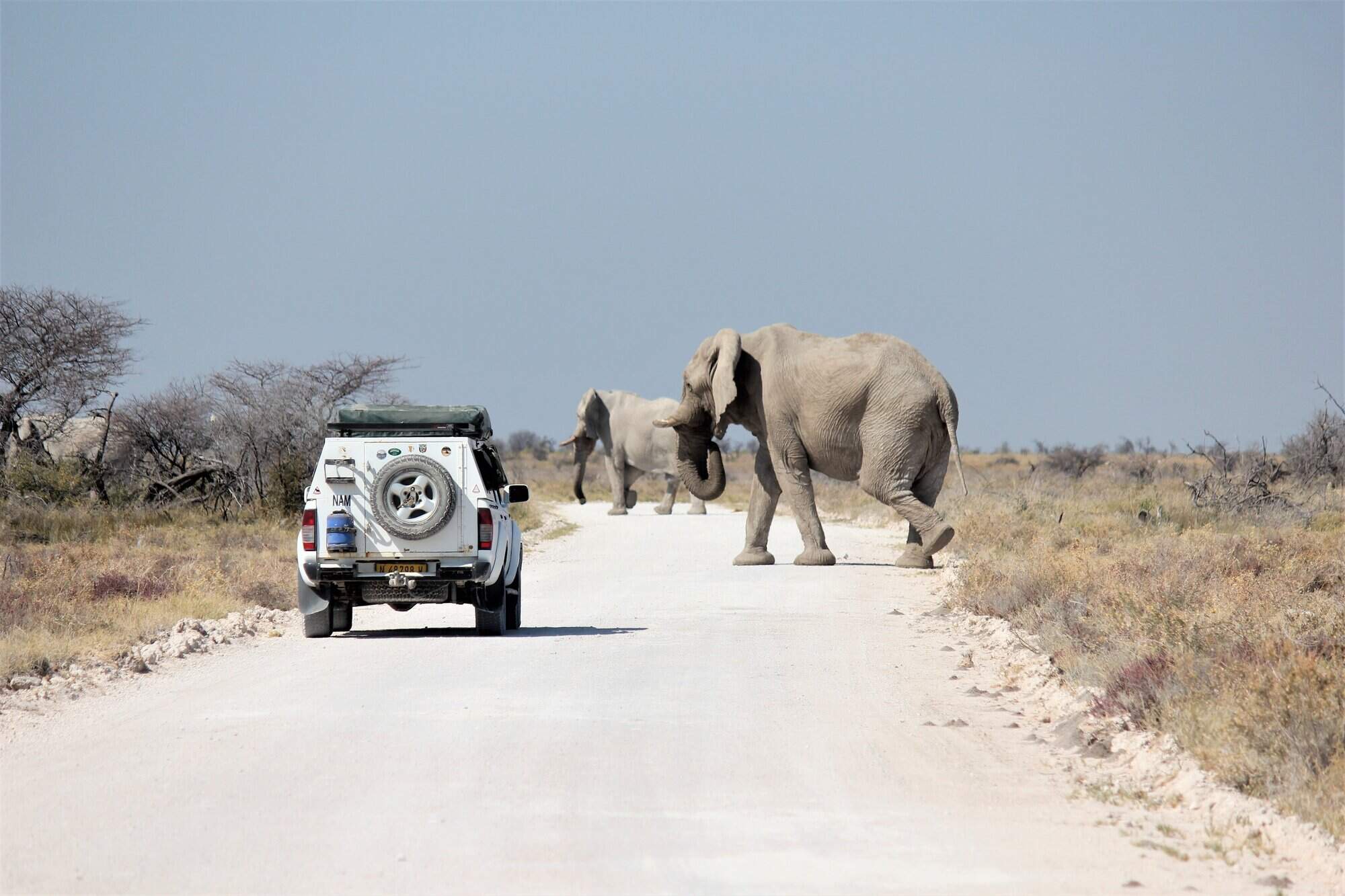
Okaukuejo Camp
Set within Etosha National Park, Okaukuejo Resort is a large camp with a productive, floodlit waterhole.
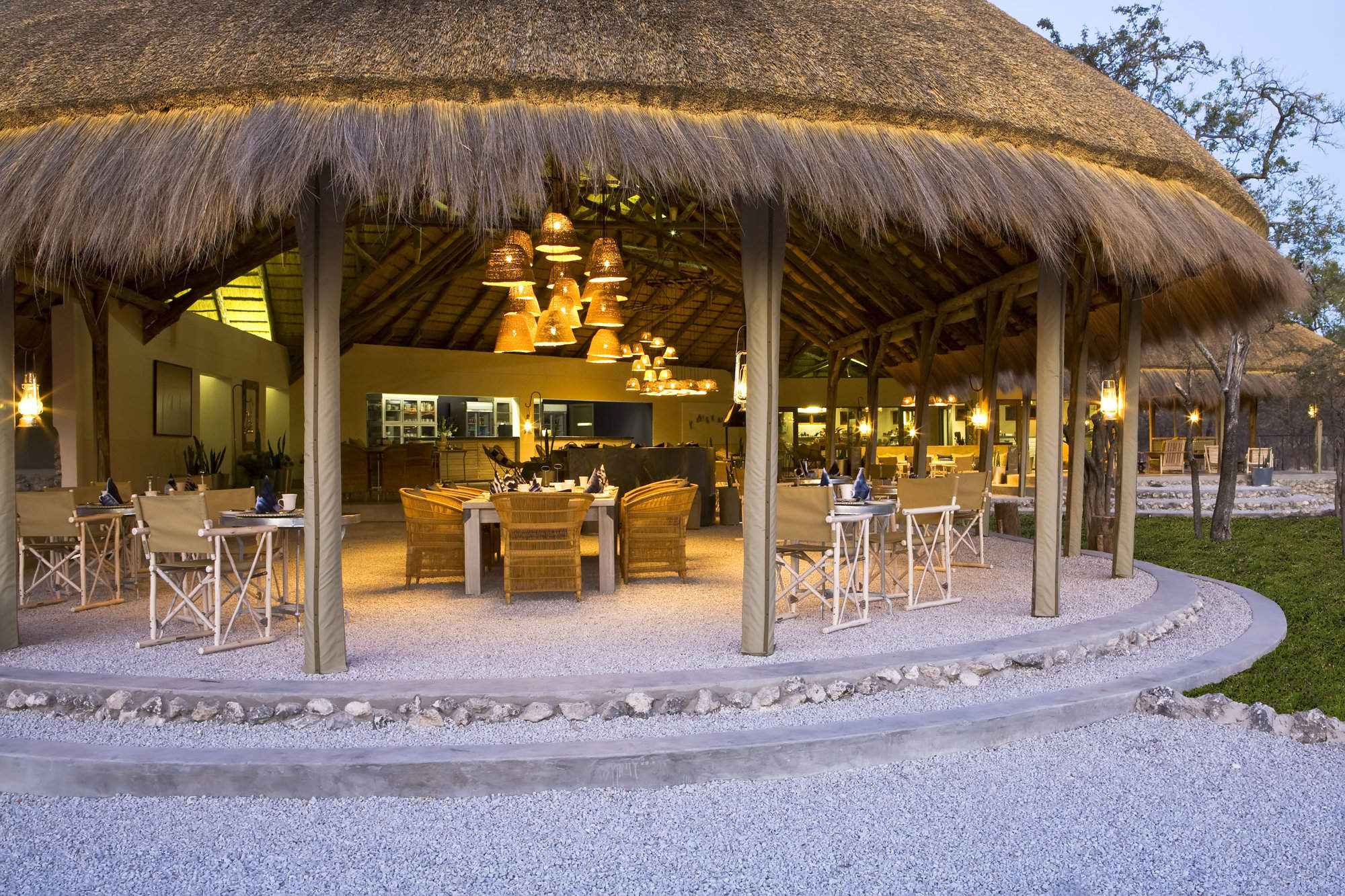
Mushara Bush Camp
The family-friendly Mushara Bush Camp offers great value and is an excellent base from which to explore Etosha National Park.
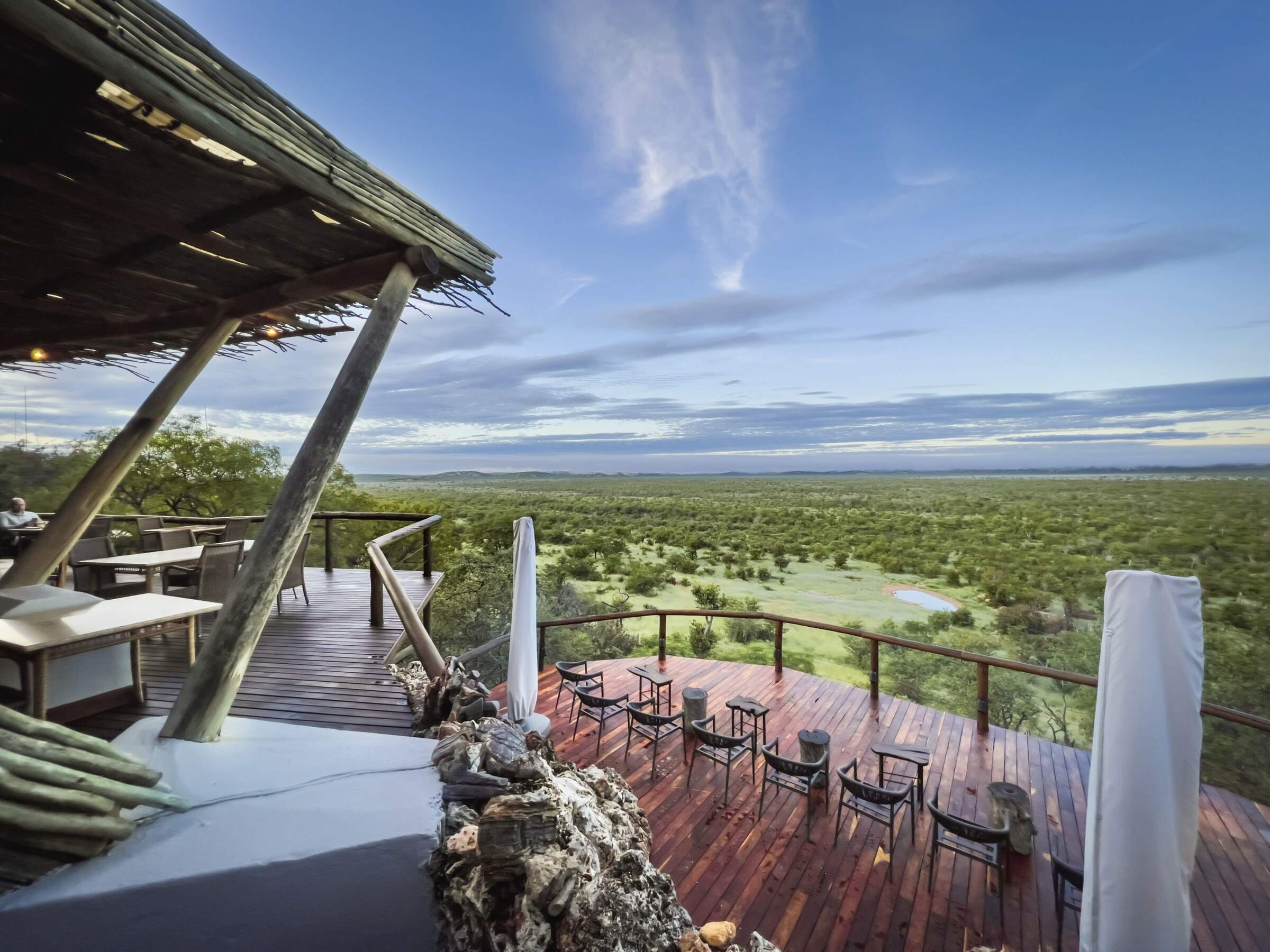
Ongava Lodge
With fantastic views over a private reserve bordering Etosha, the smart Ongava Lodge offers driving and walking safaris on the reserve, and guided drives in Etosha.
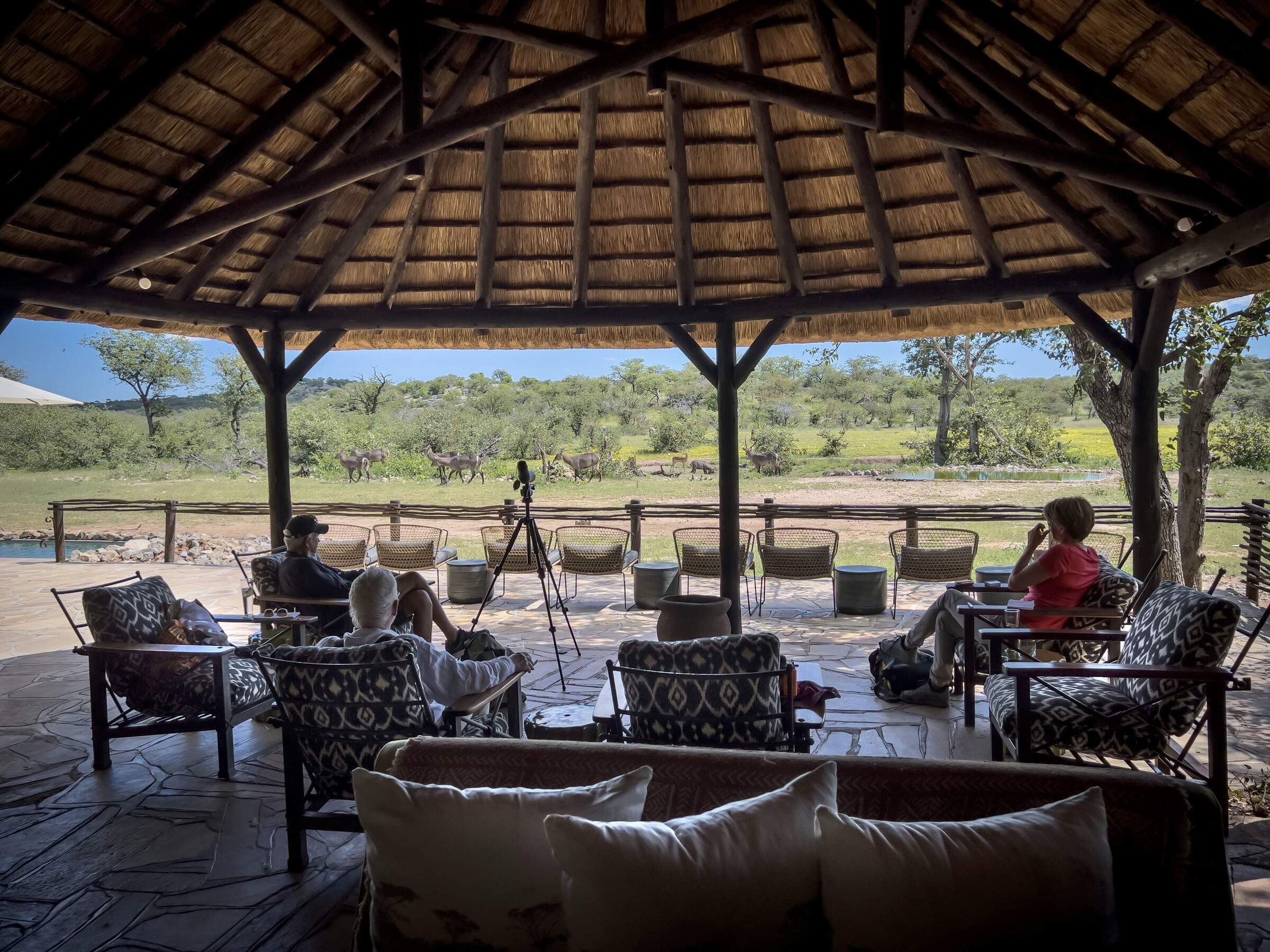
Ongava Tented Camp
Set around a waterhole on a private reserve, the small Ongava Tented Camp combines understated comfort with activities that include walks and night drives.
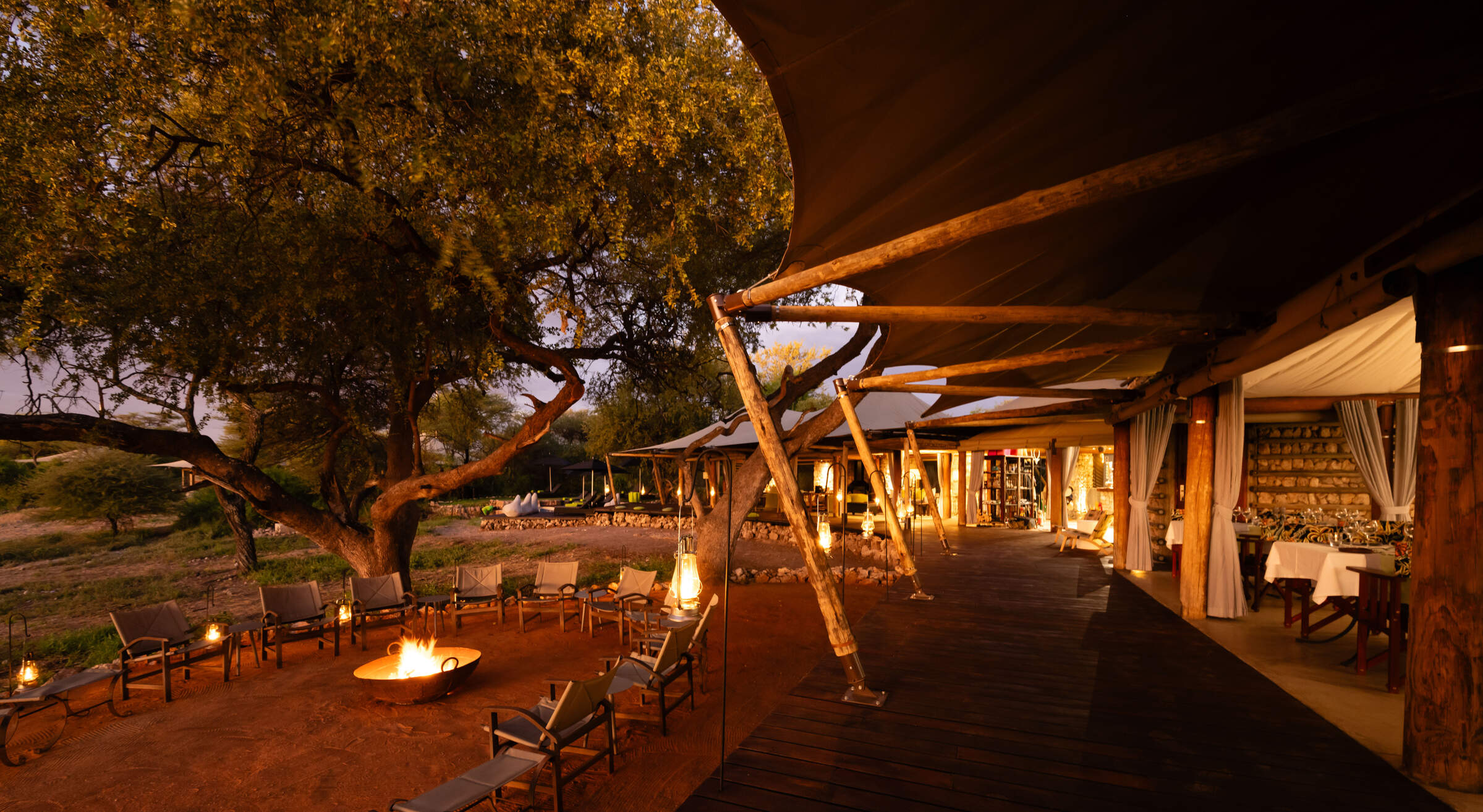
Onguma Tented Camp
Onguma Tented Camp is a lovely, little tented camp which centres around an attractive waterhole a short drive from the Von Lindequist Gate to eastern Etosha.
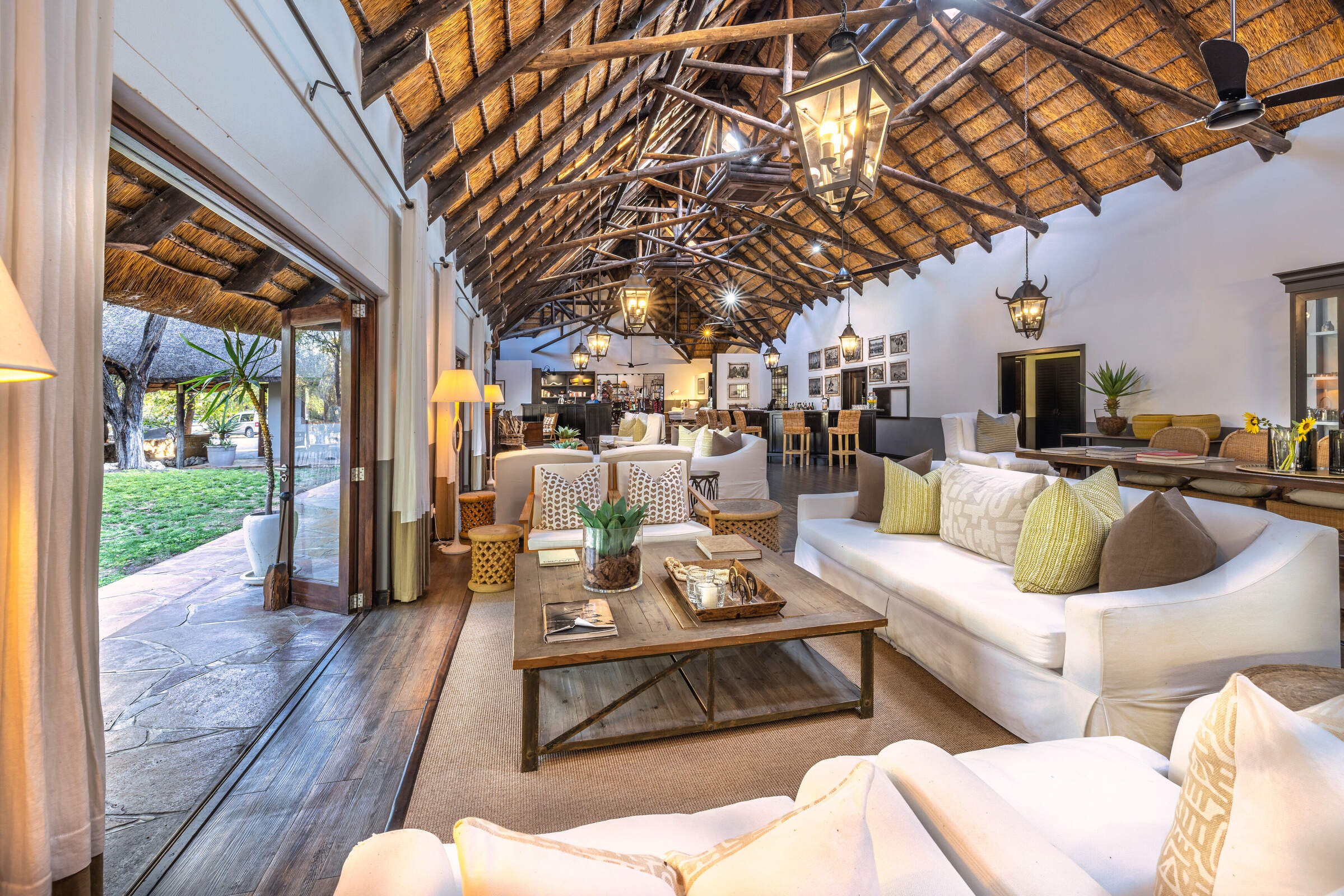
Mushara Lodge
Close to the eastern entrance to Etosha, the comfortable Mushara Lodge is well-placed for exploring the park in your own vehicle or on a guided drive.
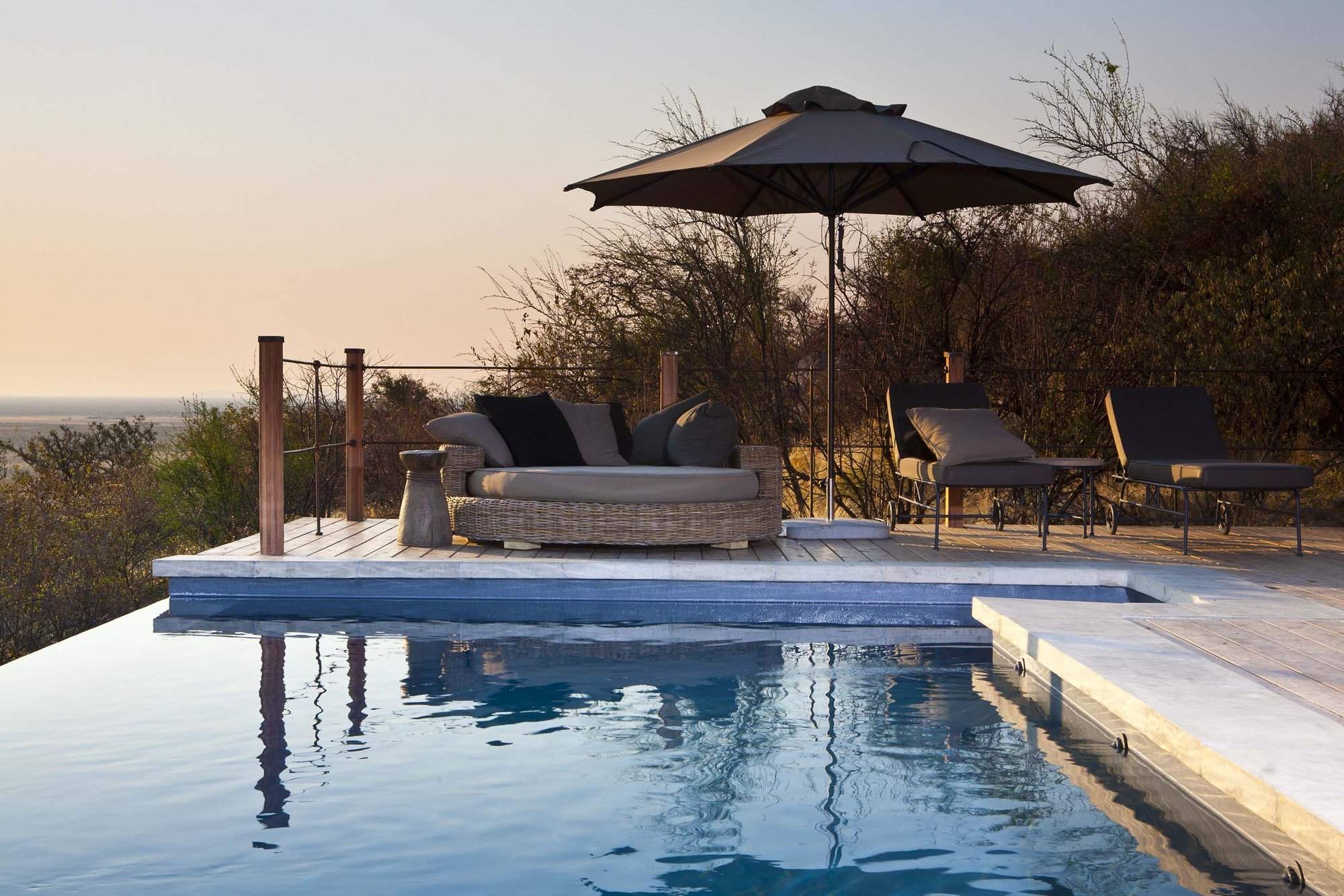
Dolomite Camp
Opened in 2011, Dolomite Camp allows visitors access to the far west side of Etosha National Park, which was previously off limits to most visitors.

Onguma Bush Camp
For great wildlife viewing without breaking the bank, the affordable and understated luxury of Onguma Bush Camp could be perfect.
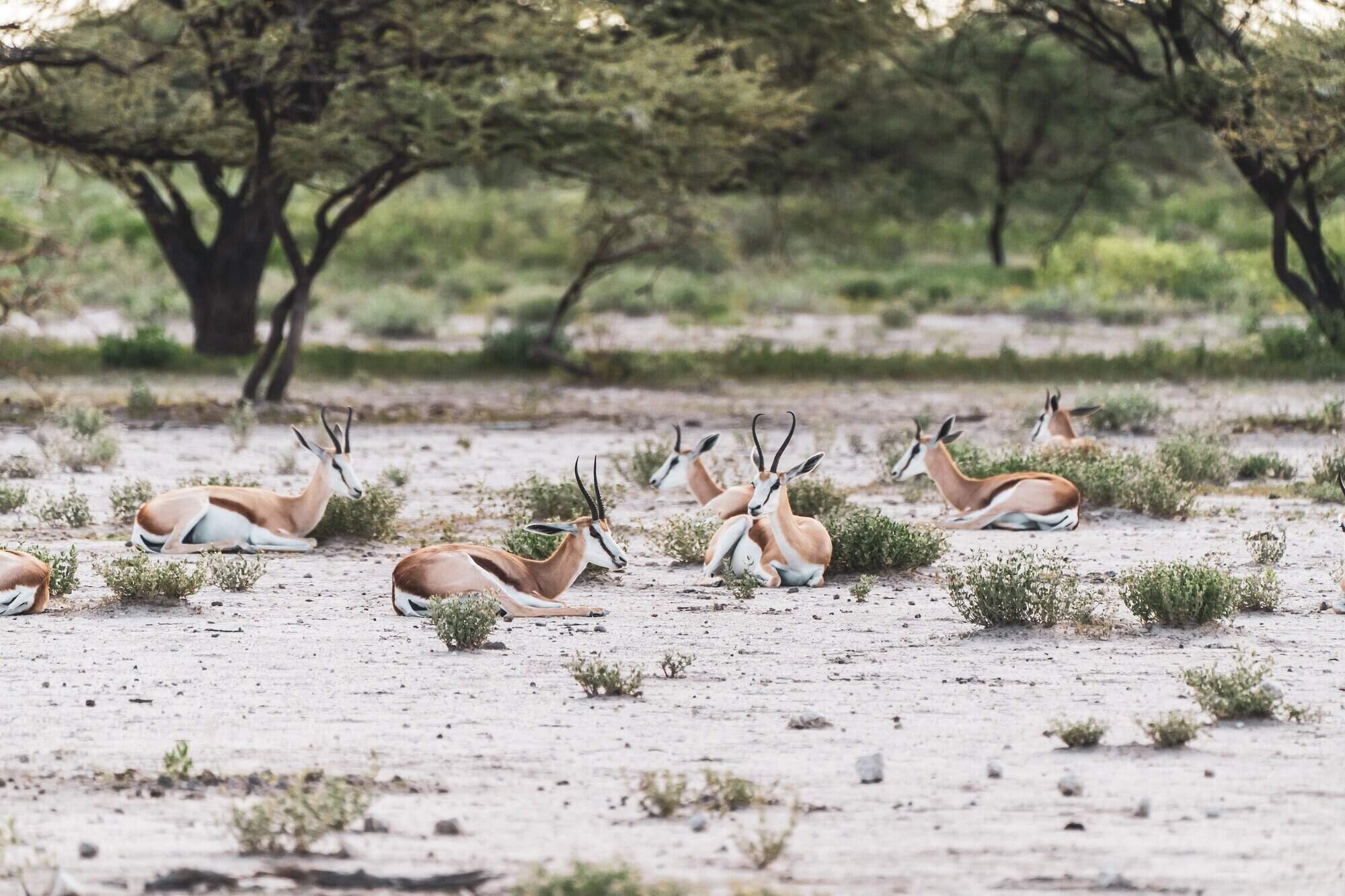
Namutoni Camp
Centred on an old fort, the government run Namutoni Camp is located just inside Etosha National Park, close to Fisher's Pan.
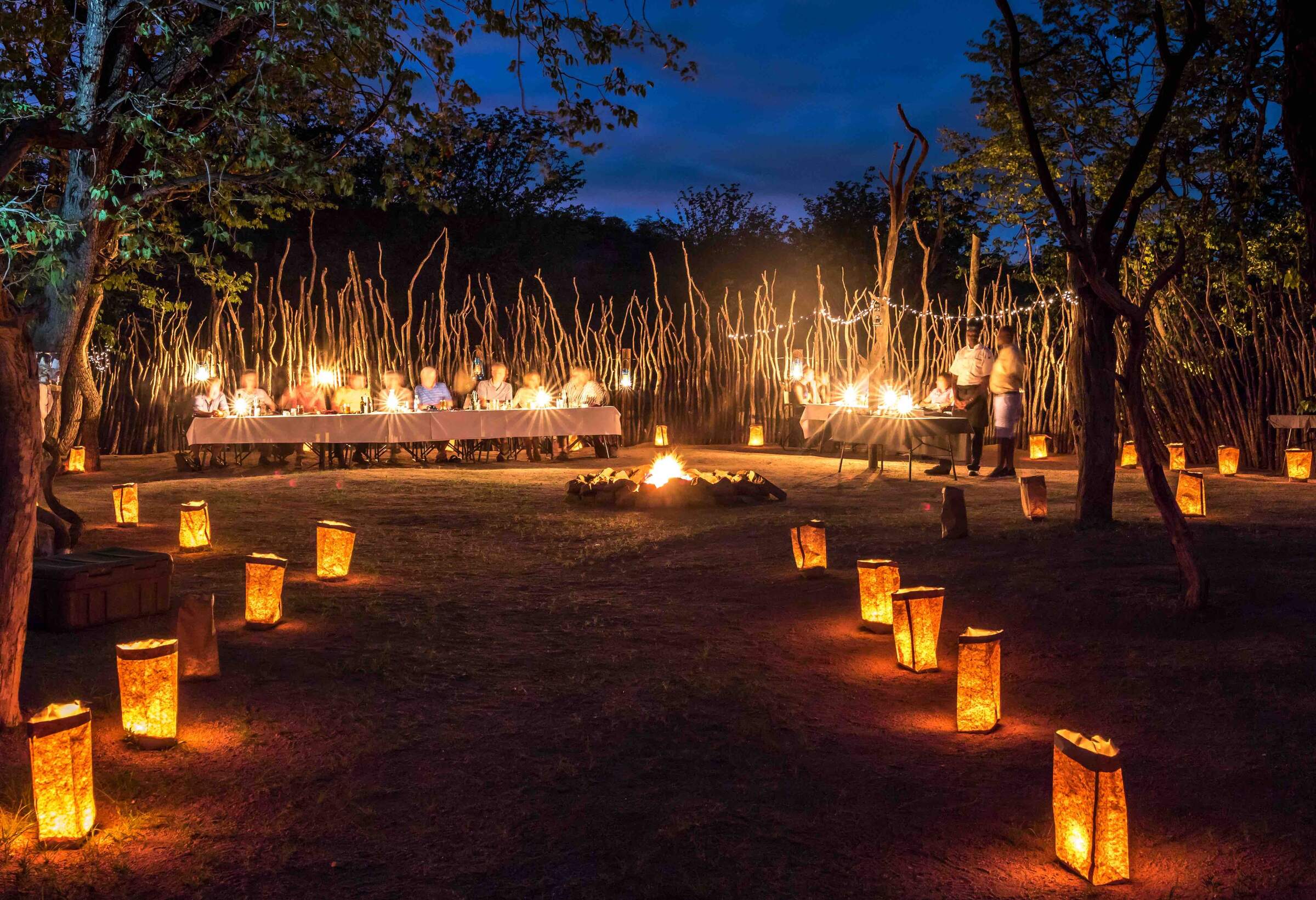
Hobatere Lodge
To the west of Etosha National Park, on the edge of Damaraland, Hobatere Lodge offers good game-viewing on its own reserve.
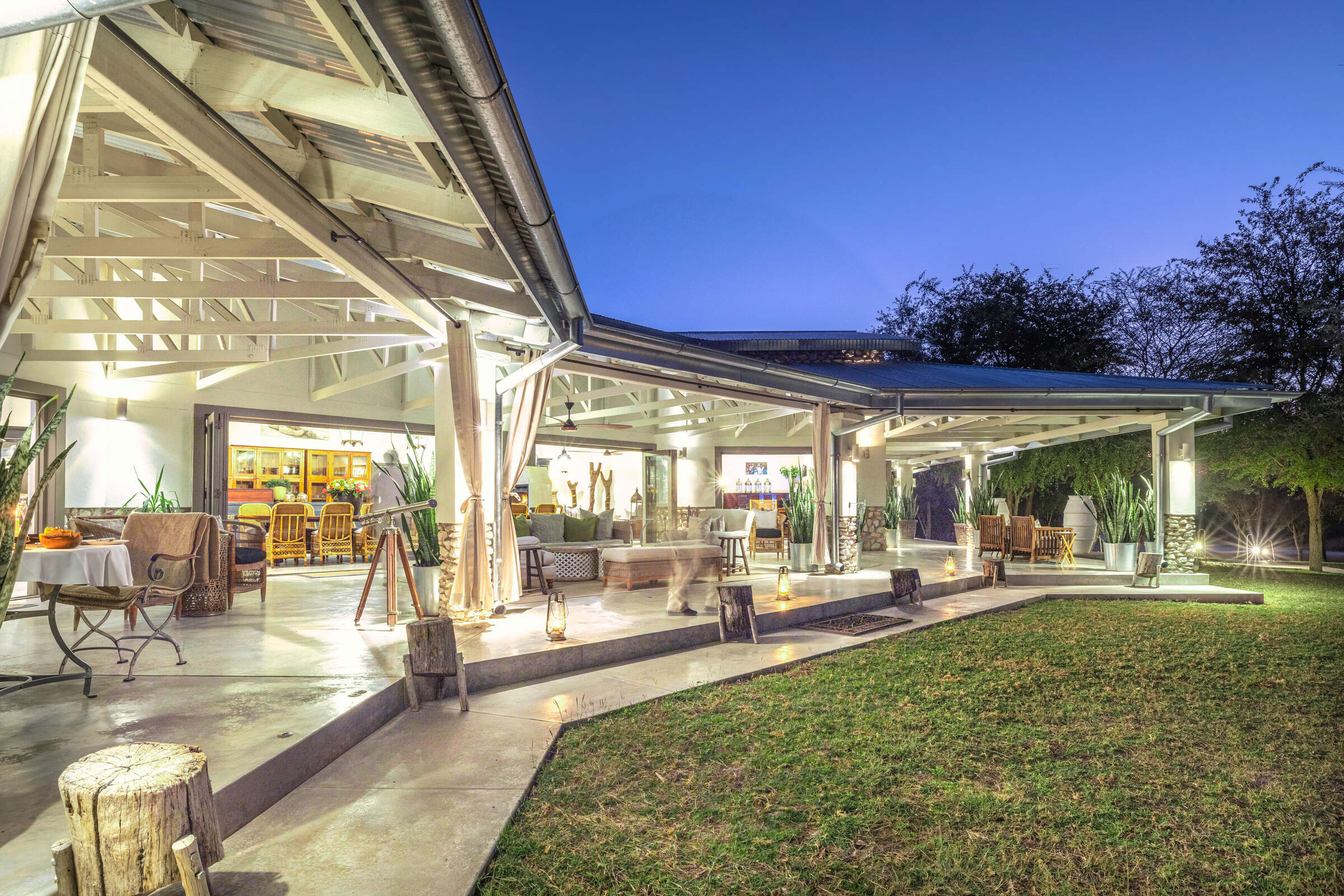
Mushara Outpost
Intimate and luxurious, Mushara Outpost is well-placed on a private reserve to explore nearby Etosha National Park on your own or on a guided drive.
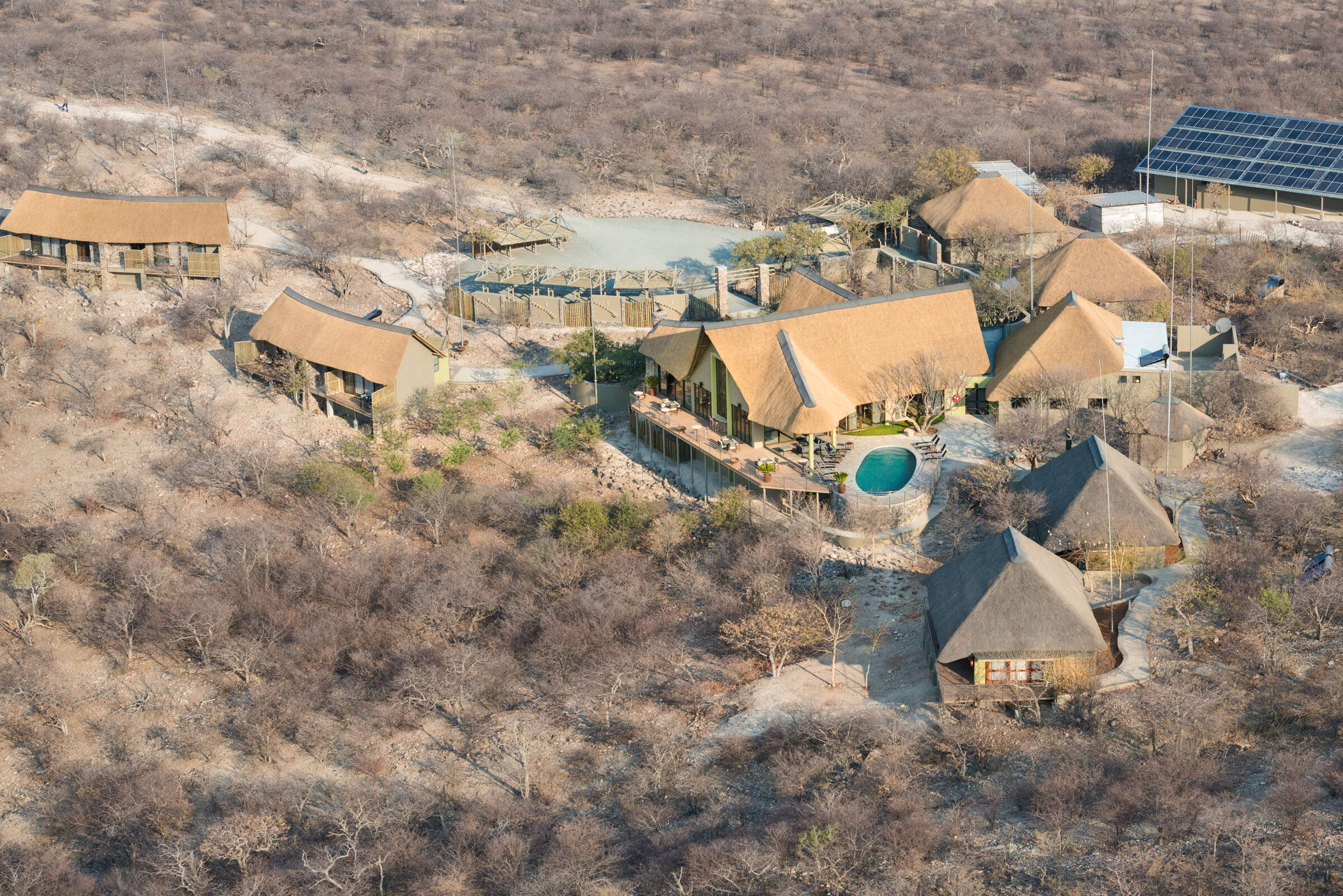
Safarihoek Lodge
At the heart of the private Etosha Heights Reserve, Safarihoek Lodge offers comfortable accommodation and excellent game-viewing.
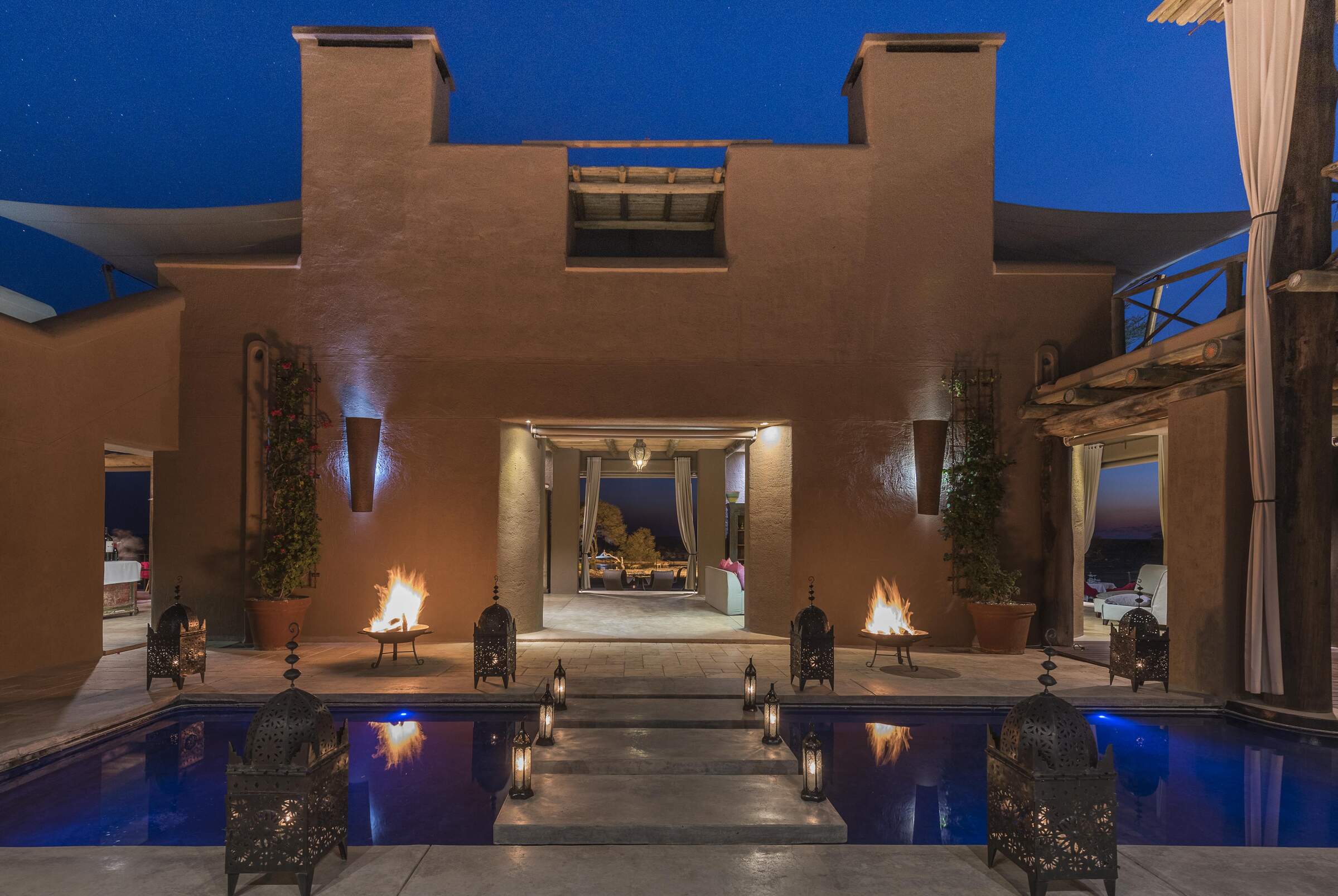
Onguma The Fort
The Fort is the jewel in the crown of the Onguma lodges, and arguably the whole of eastern Etosha.
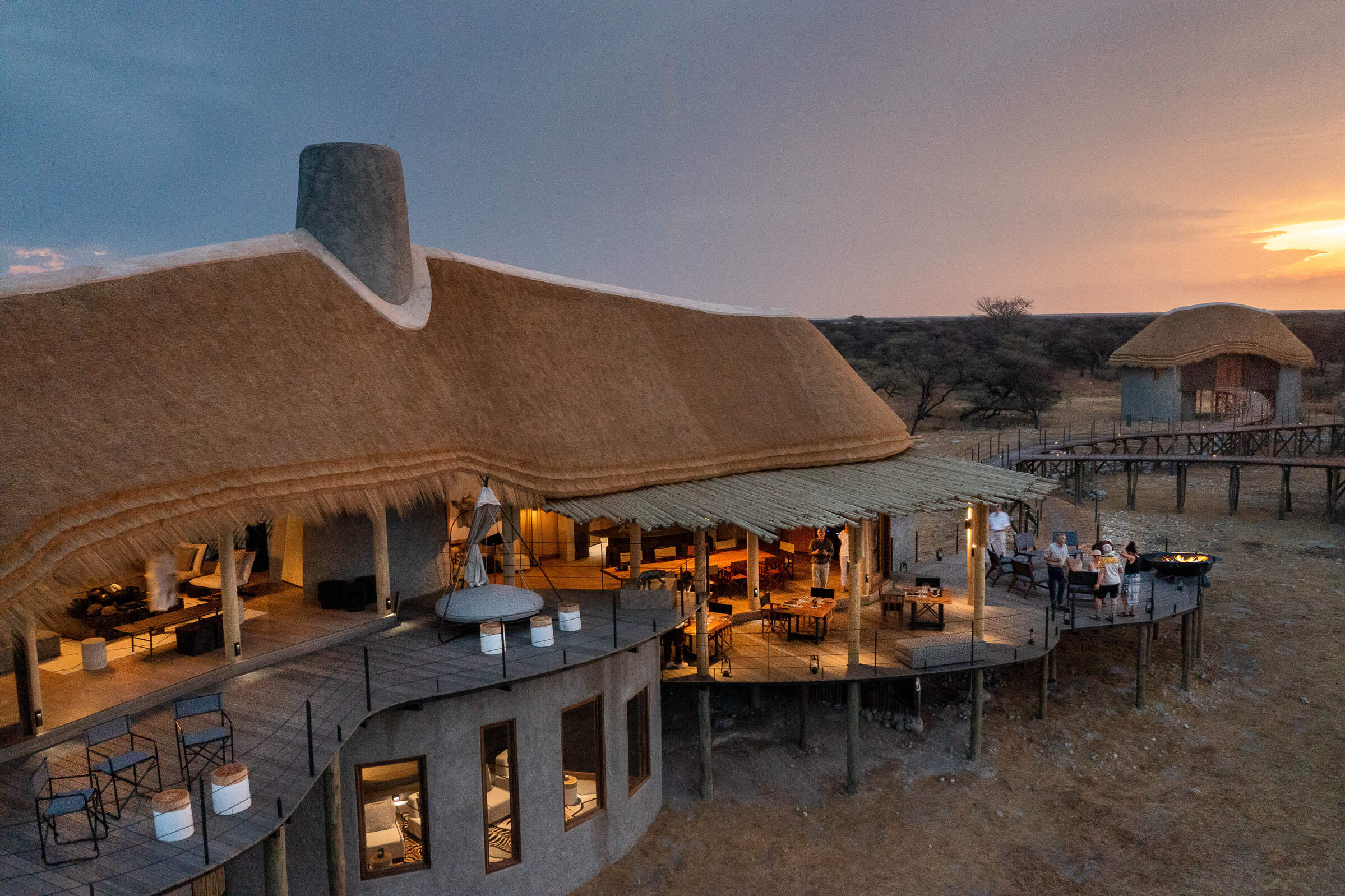
Onguma Camp Kala
For a bird’s eye view across African bush, the stilted rooms at Onguma Camp Kala are truly special.
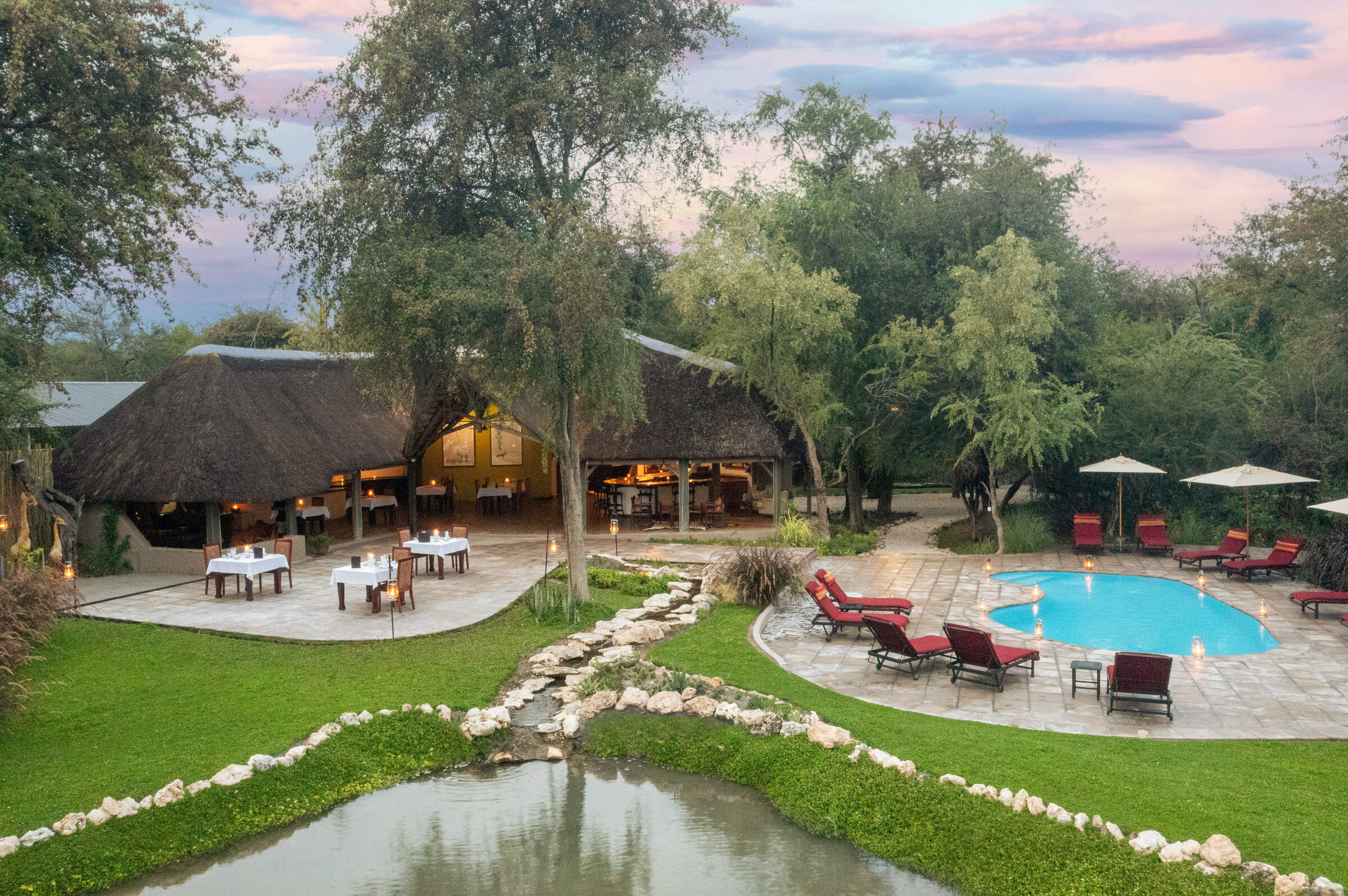
Onguma Forest Camp
From its woodland setting on the Onguma Reserve, Forest Camp is within easy striking distance of Namibia’s flagship national park.
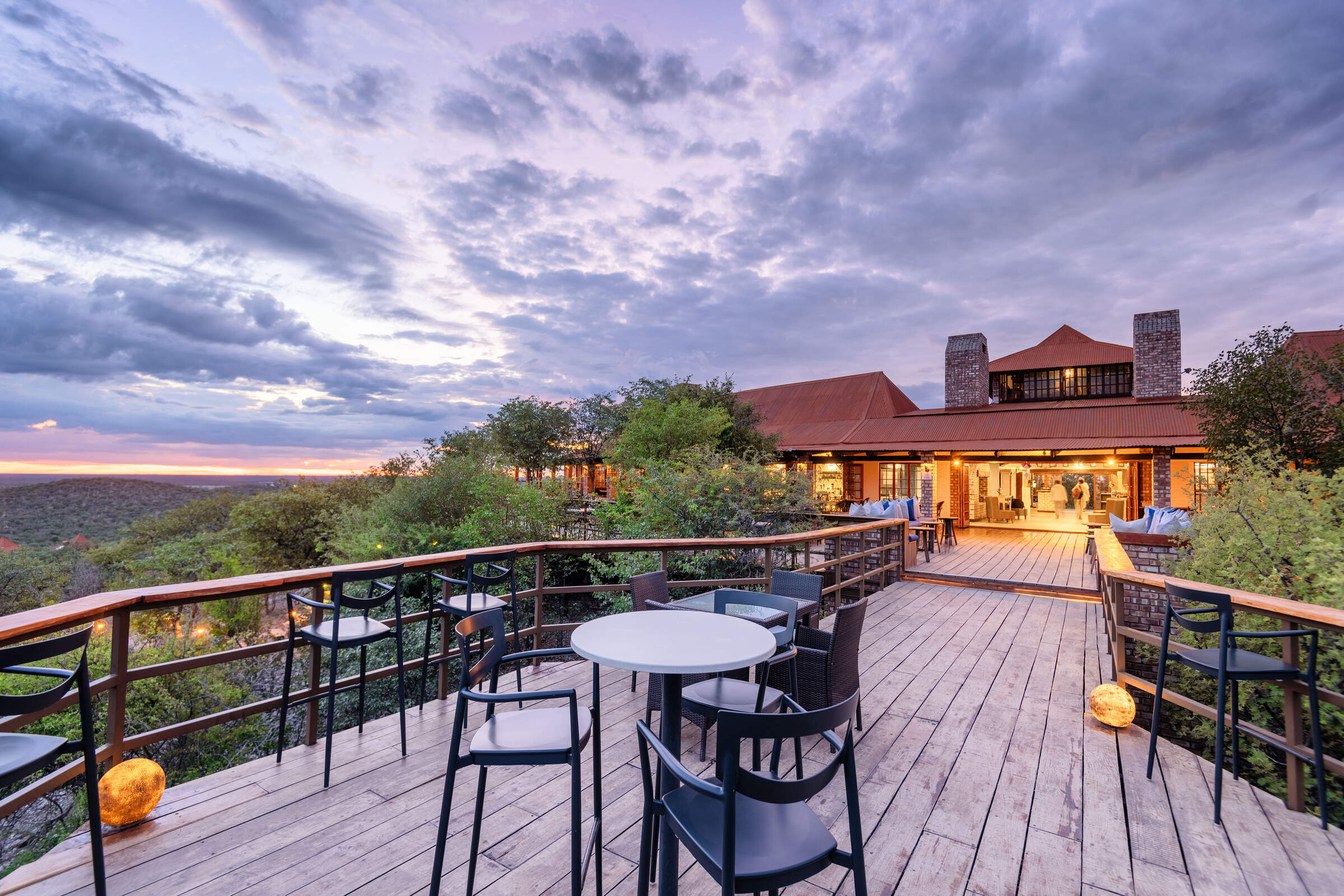
Etosha Safari Lodge
A short drive from Etosha National Park's southern entrance, Etosha Safari Lodge is a convenient base from which to explore the park.
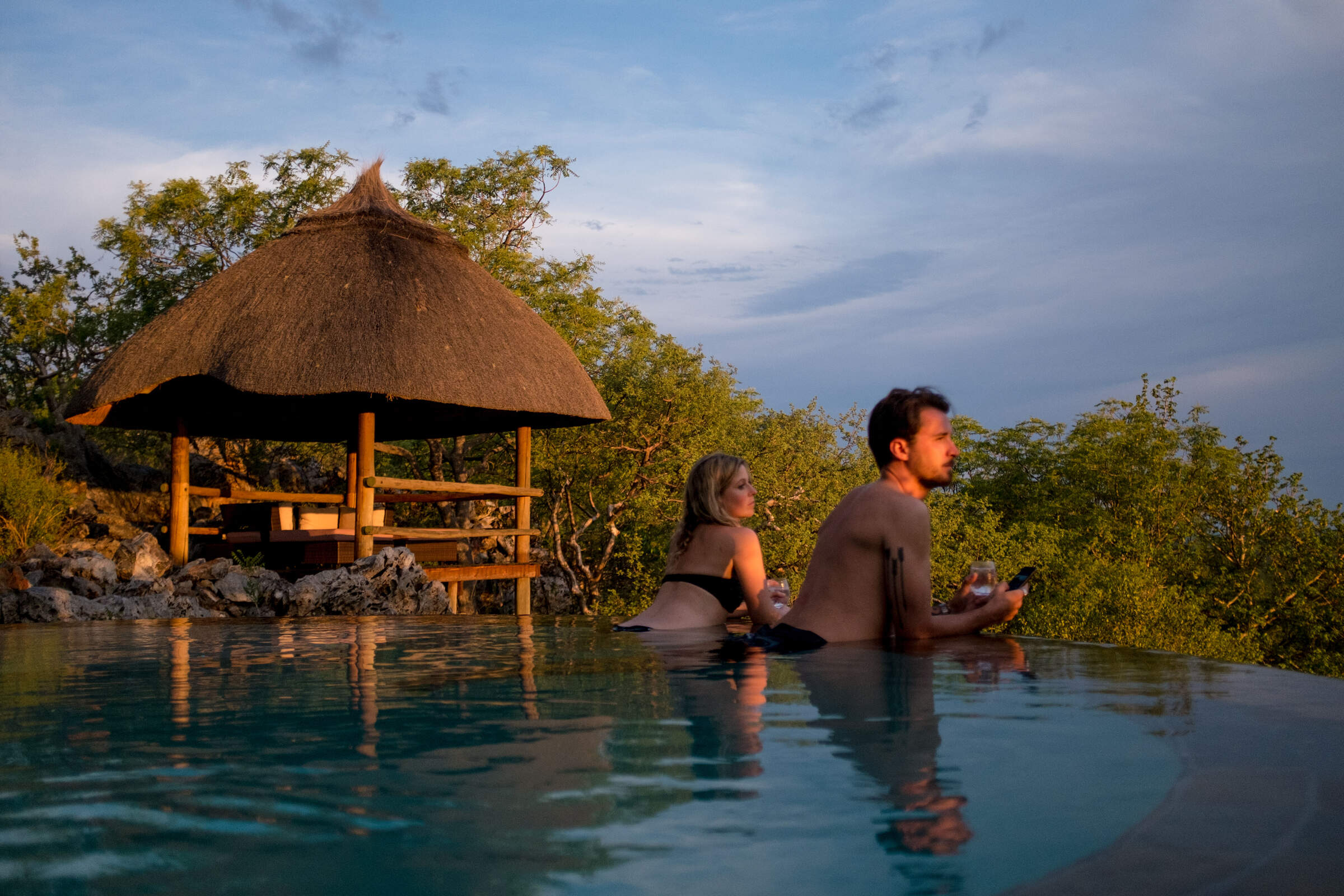
Little Ongava
The beautifully located and luxurious Little Ongava is a stunning place to stay in order to explore Etosha National Park and the private Ongava Reserve.
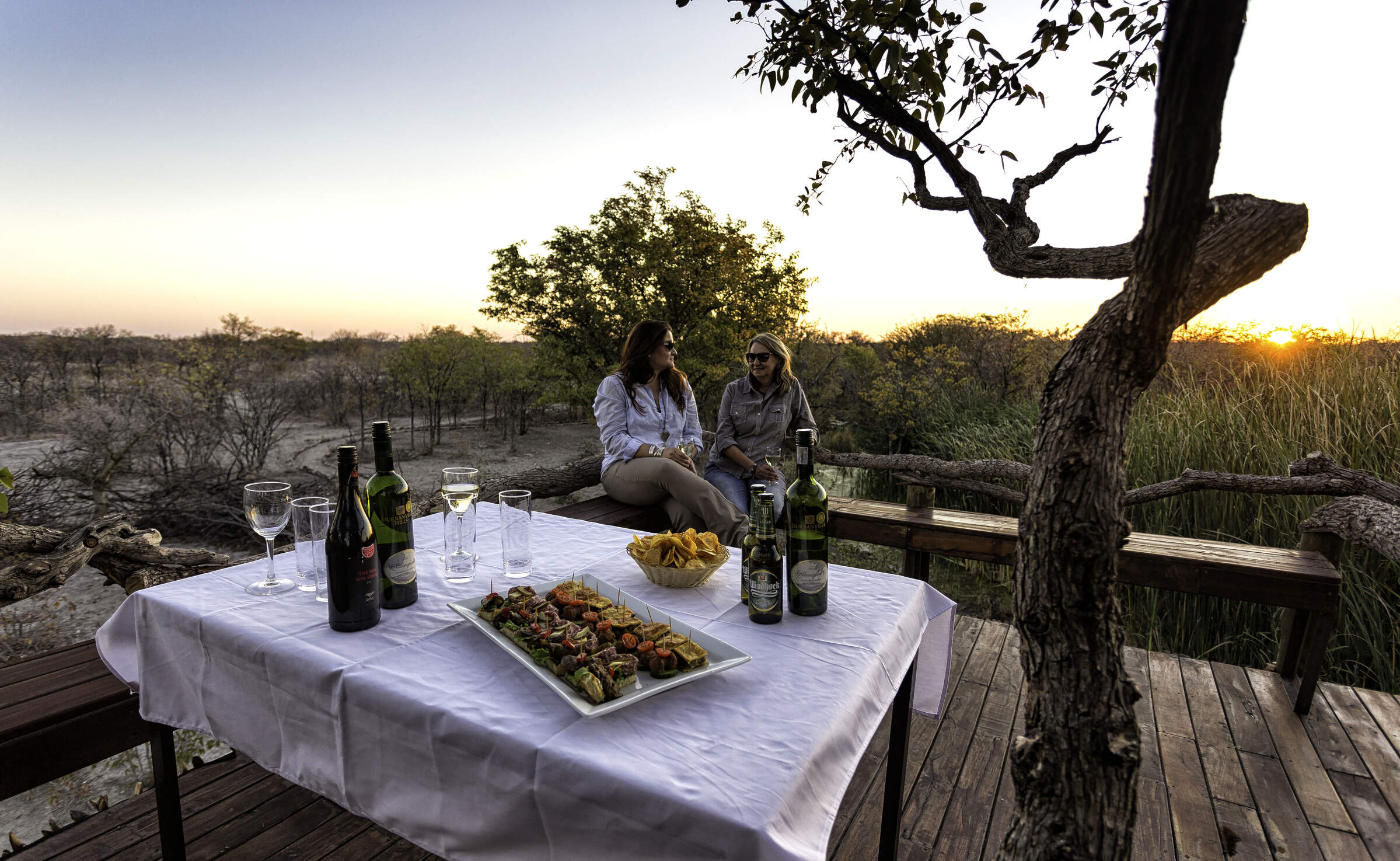
Taleni Etosha Village
Only 4km from Etosha's southern entrance, Taleni Etosha Village is an affordable base from which to explore the park.
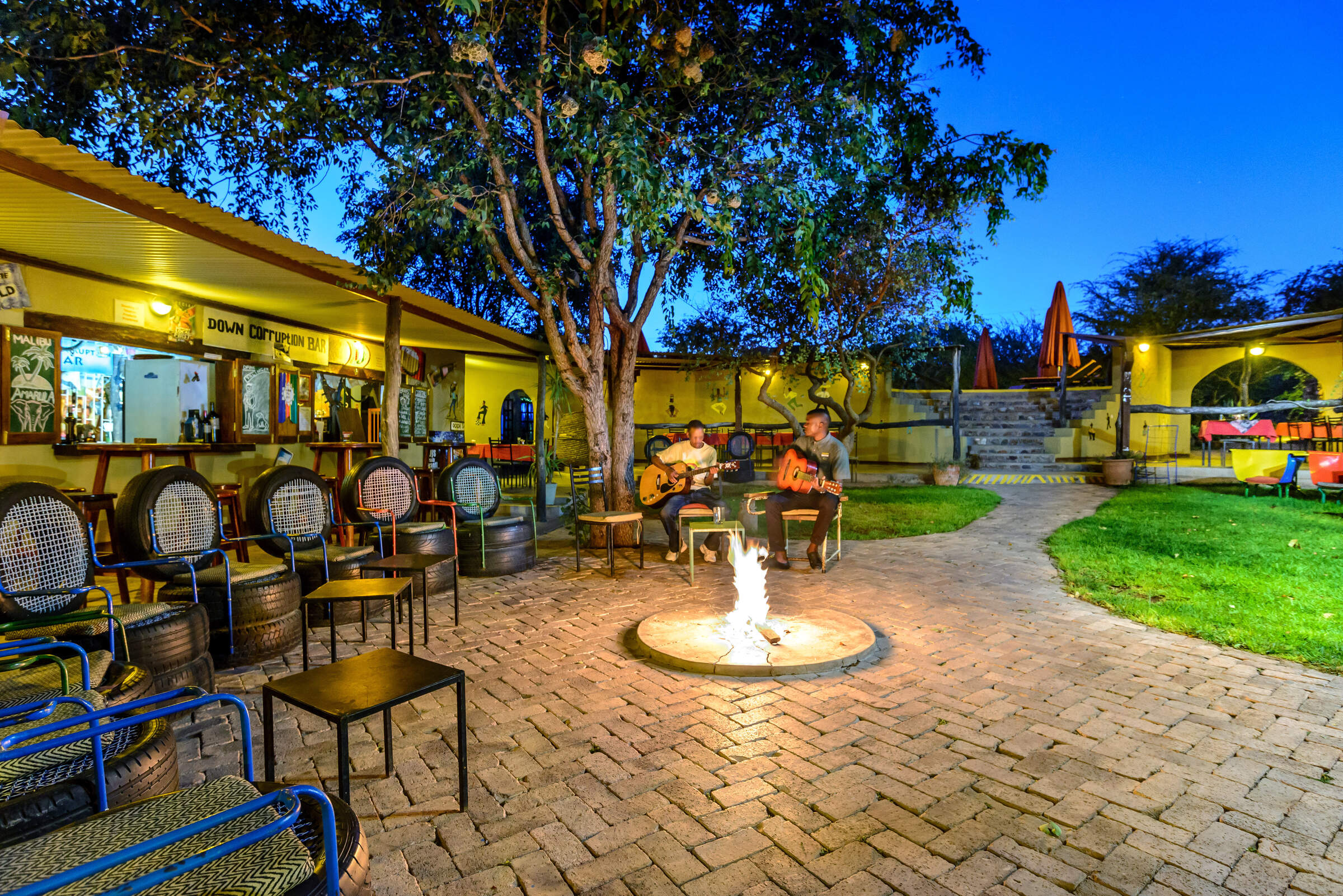
Etosha Safari Camp
Funky, low-key and very original, Etosha Safari Camp is well placed for visiting Etosha National Park on a self-drive or guided safari.
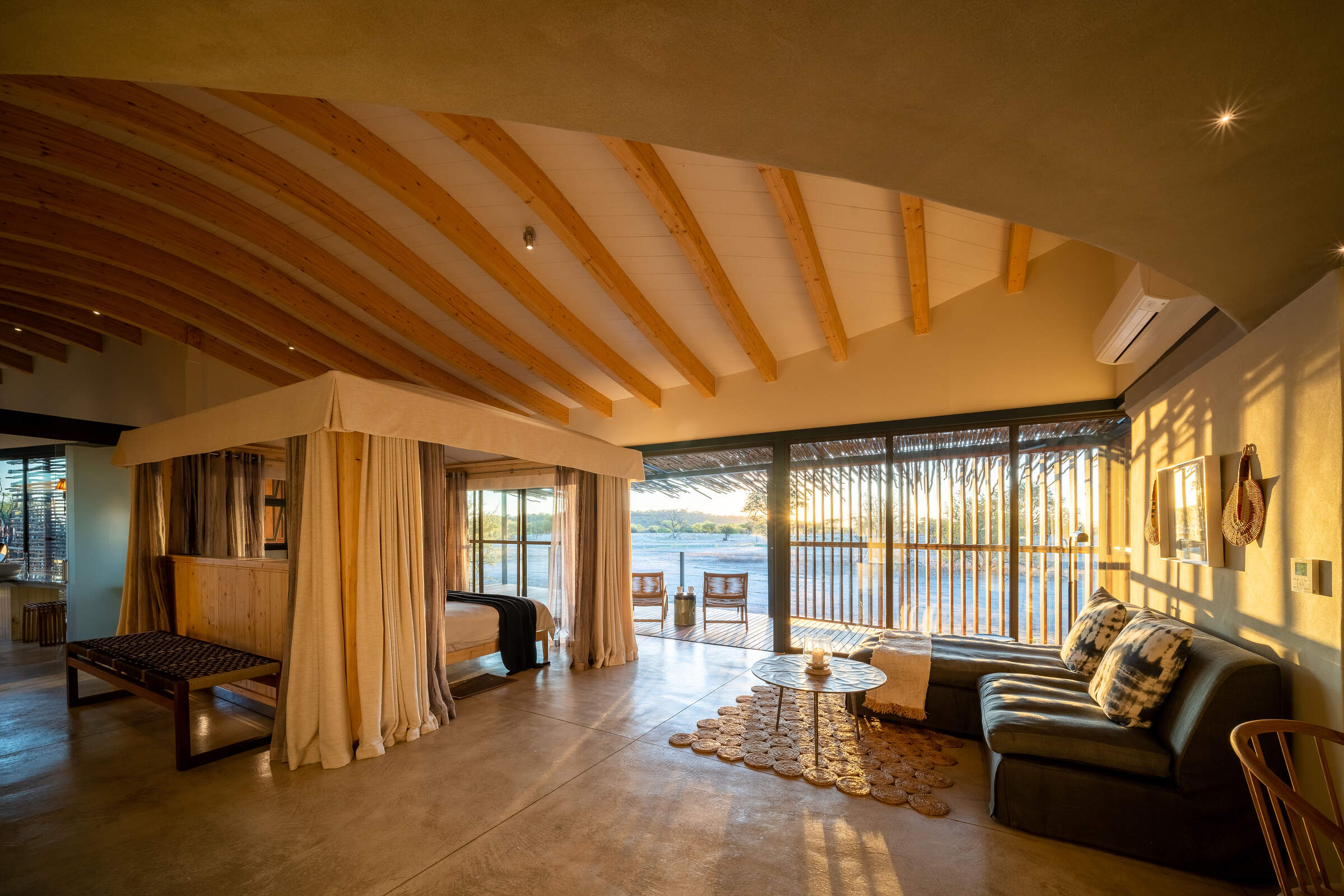
Andersson's at Ongava
With game drives on both its private reserve and in Etosha, Andersson's at Ongava also offers access to the Ongava Research Centre.
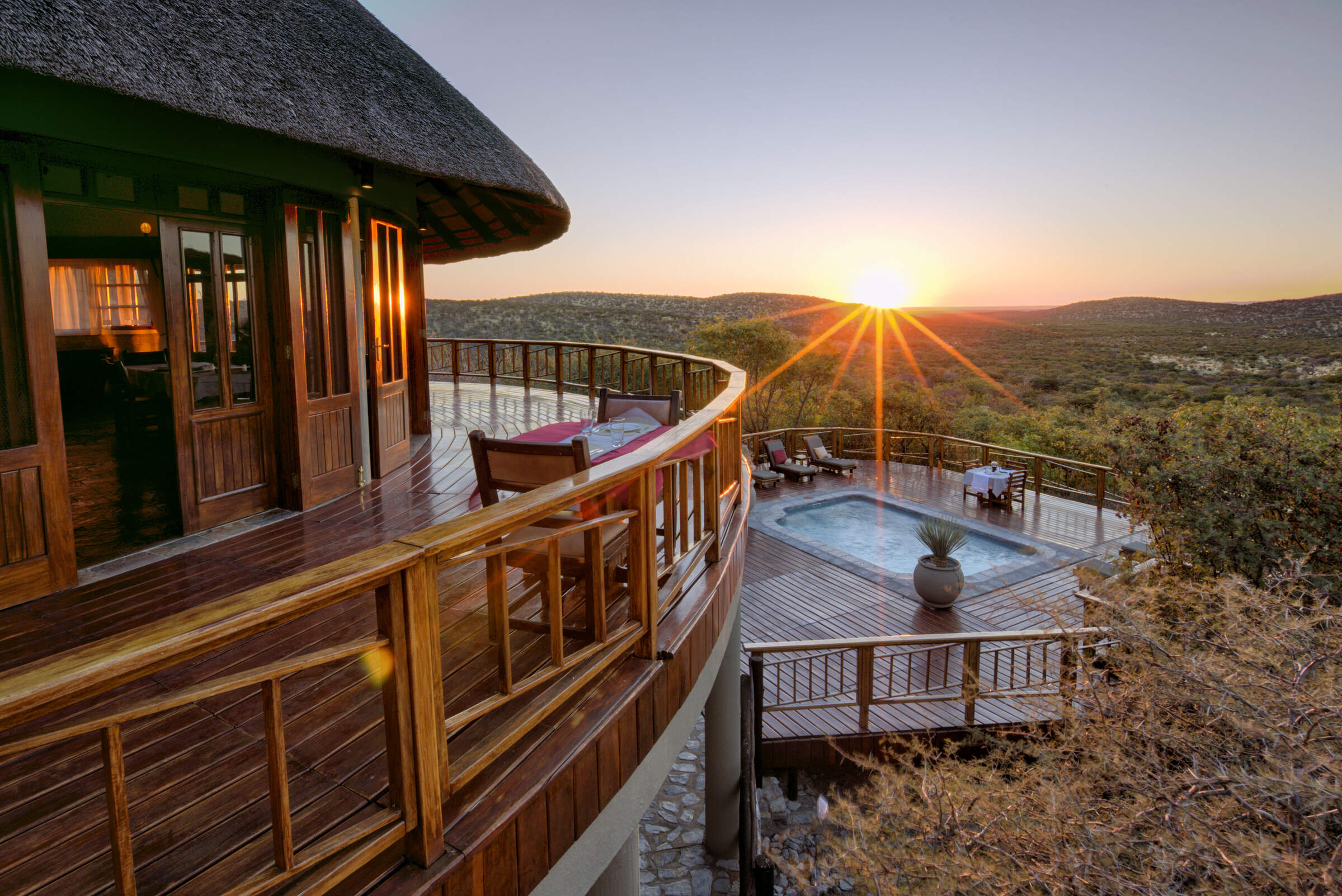
Mountain Lodge
In the heart of the private Etosha Heights Reserve, the family-friendly Mountain Lodge offers game drives and bush walks within an exclusive environment.
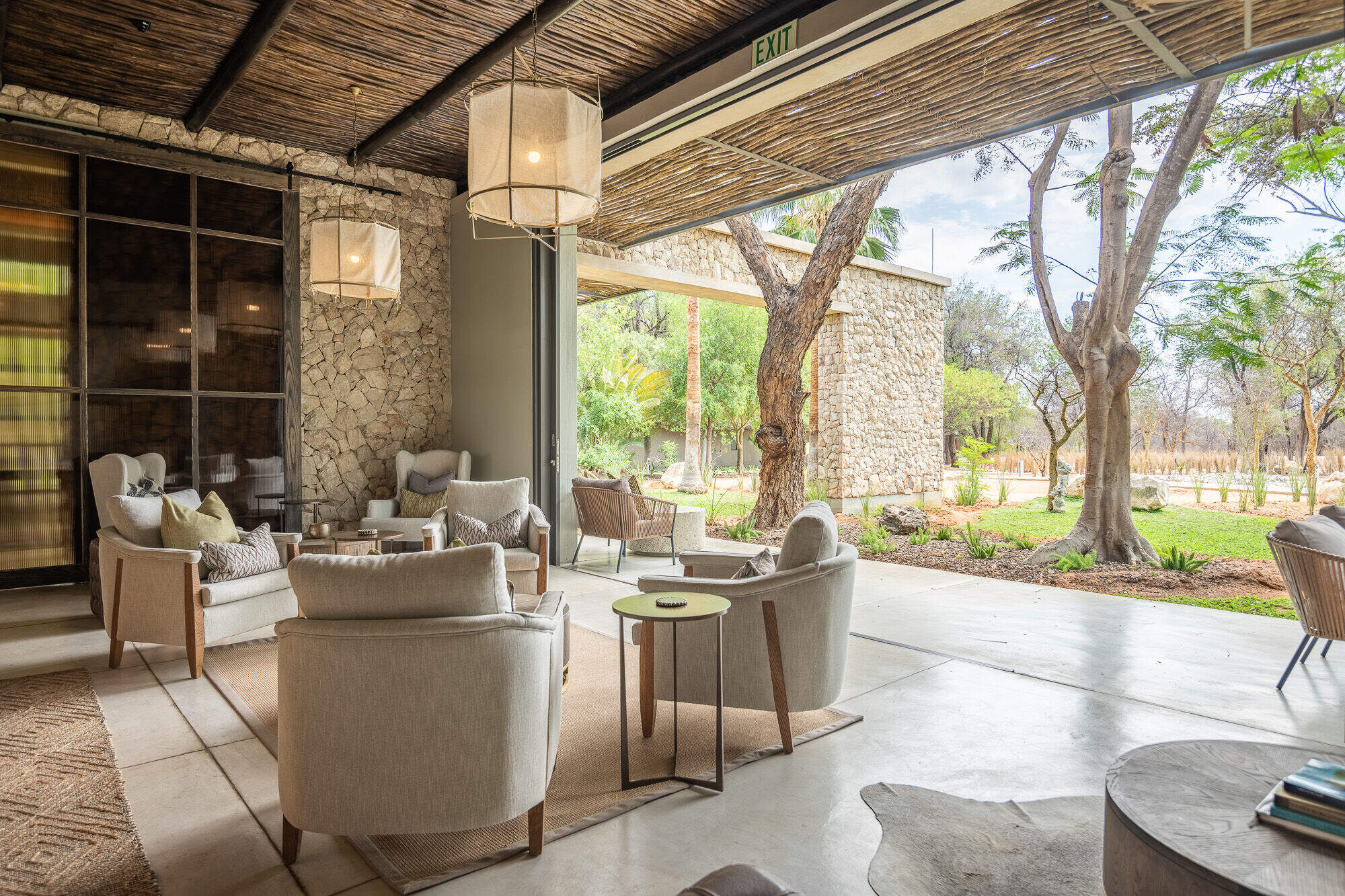
Mokuti Etosha Lodge
With 106 rooms, child-friendly Mokuti Etosha Lodge is more like a hotel than a lodge. Facilities to include a gym, spa, tennis courts and even a snake park.
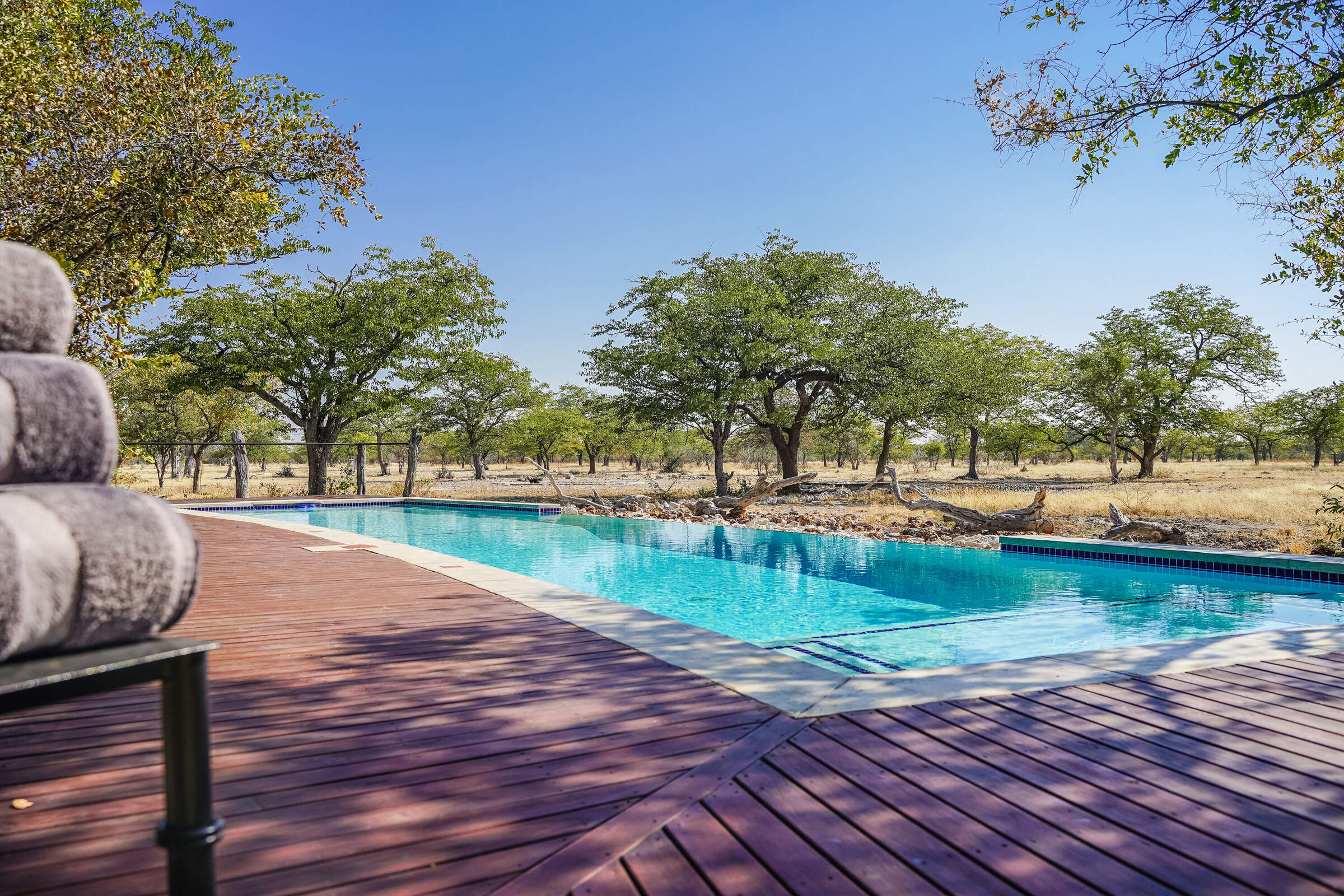
Etosha Oberland Lodge
A short drive from Etosha National Park's southern entrance, Etosha Oberland Lodge is a very comfortable base from which to explore the park, with excellent food.
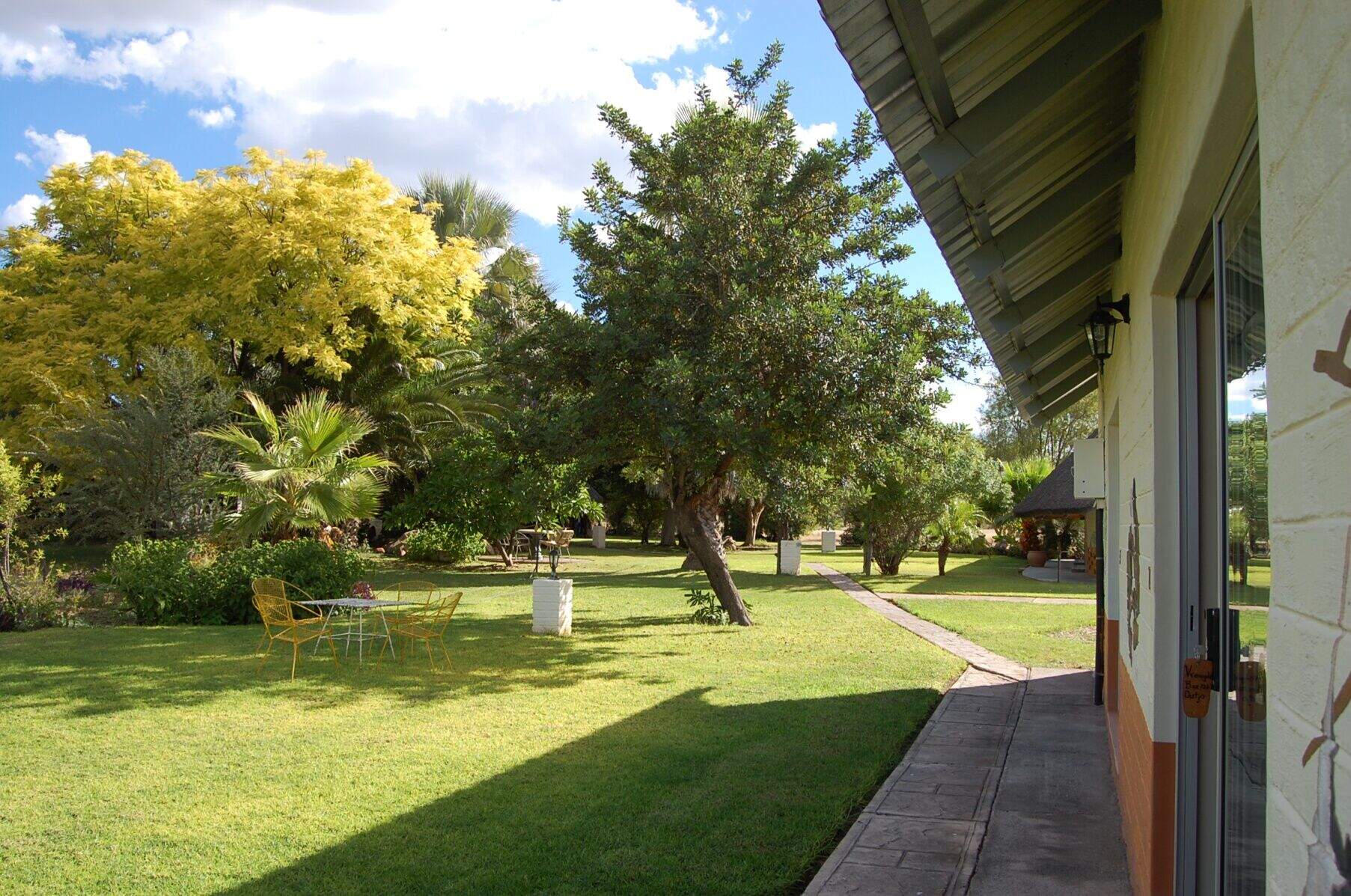
Vreugde Guest Farm
Vreugde Guest Farm is a delightful owner-run and working sheep farm where you can expect a warm welcome and charming hospitality.
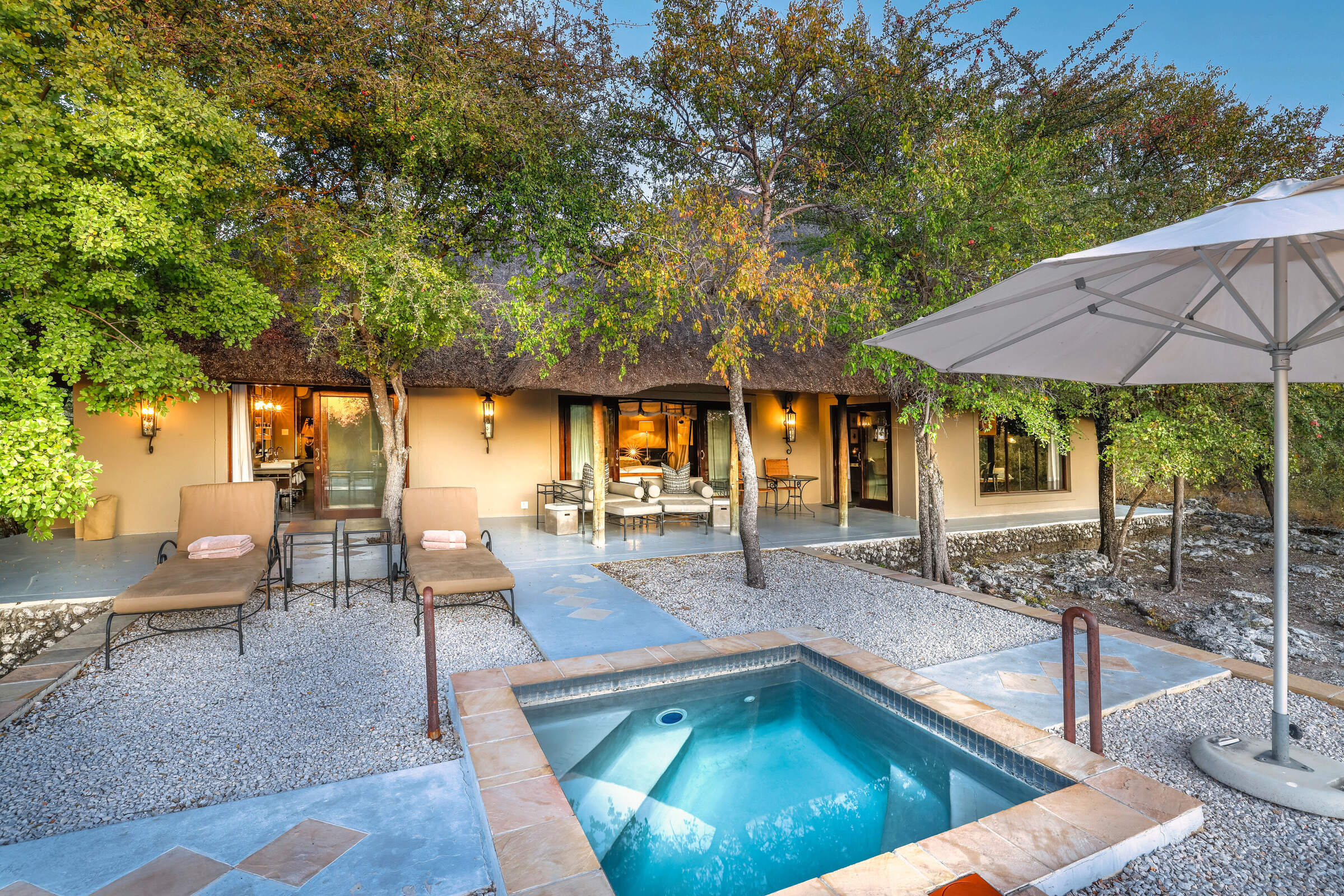
Villa Mushara
Offering luxury on a peaceful private reserve close to Etosha, Villa Mushara is a great choice for honeymooners & those wishing to indulge themselves.
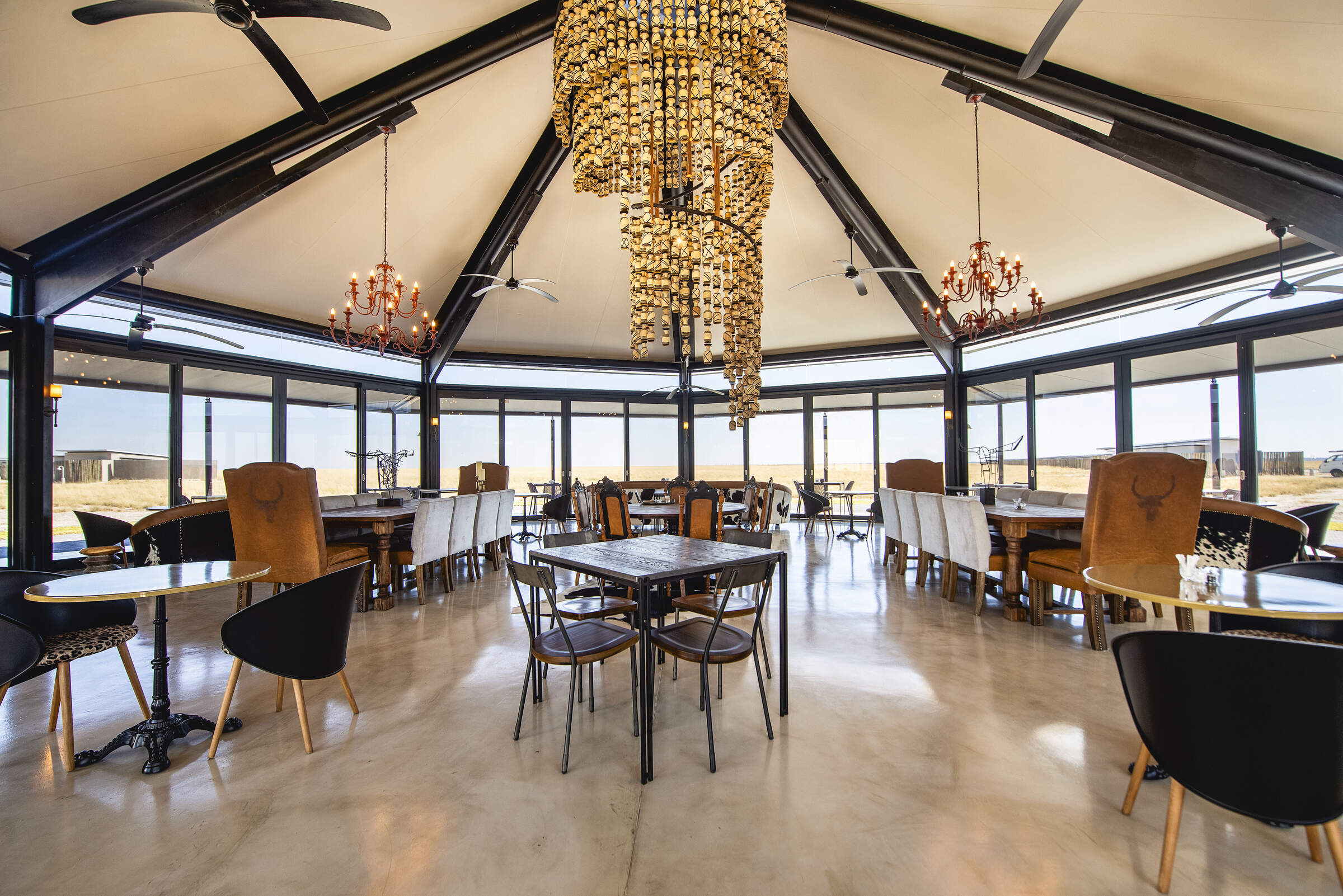
Etosha King Nehale
A short drive from the national park's northern entrance, Etosha King Nehale Lodge is an interesting and comfortable base from which to explore the park.
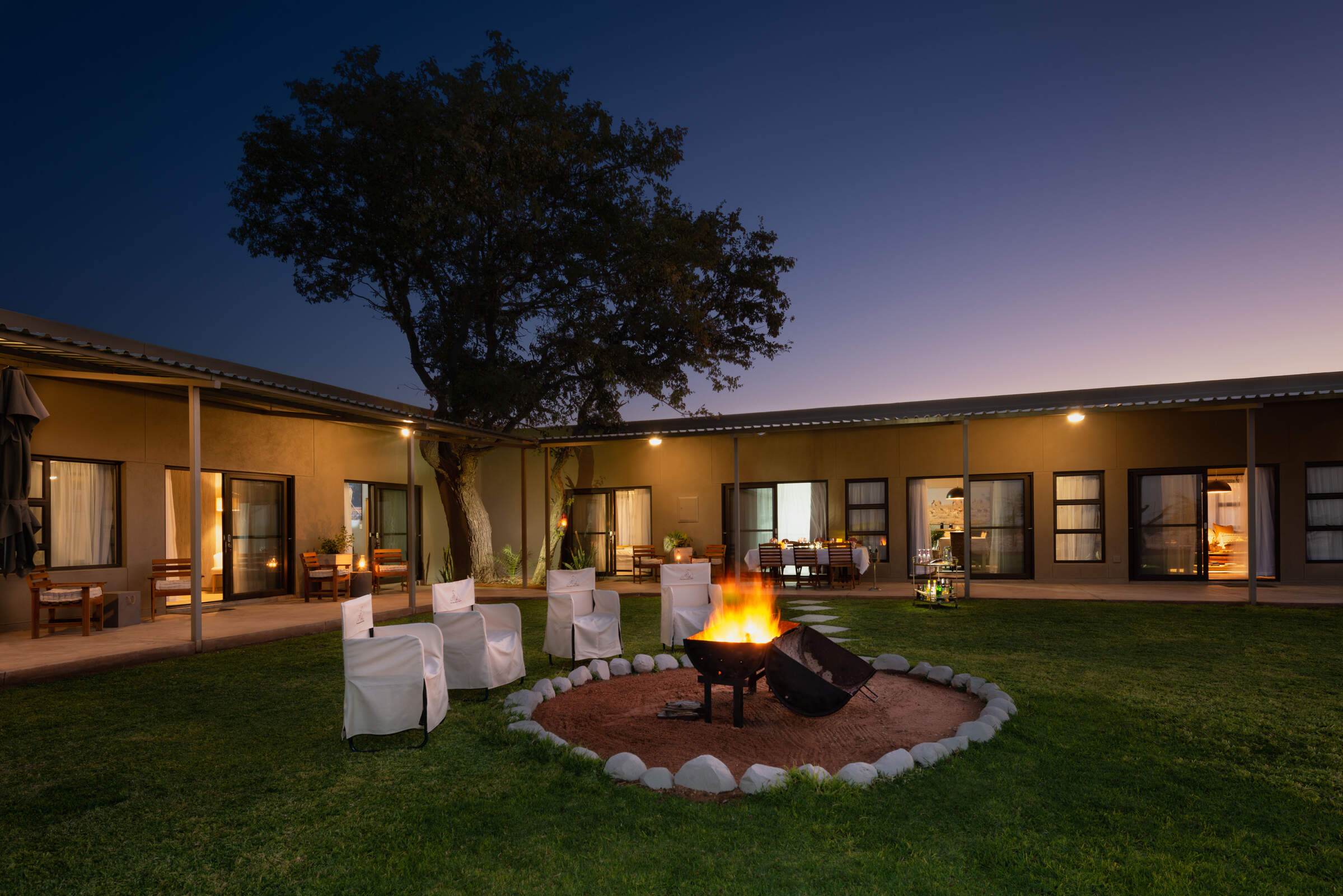
Safari House
The private Safari House on the Etosha Heights reserve is a great option families or friends travelling together.
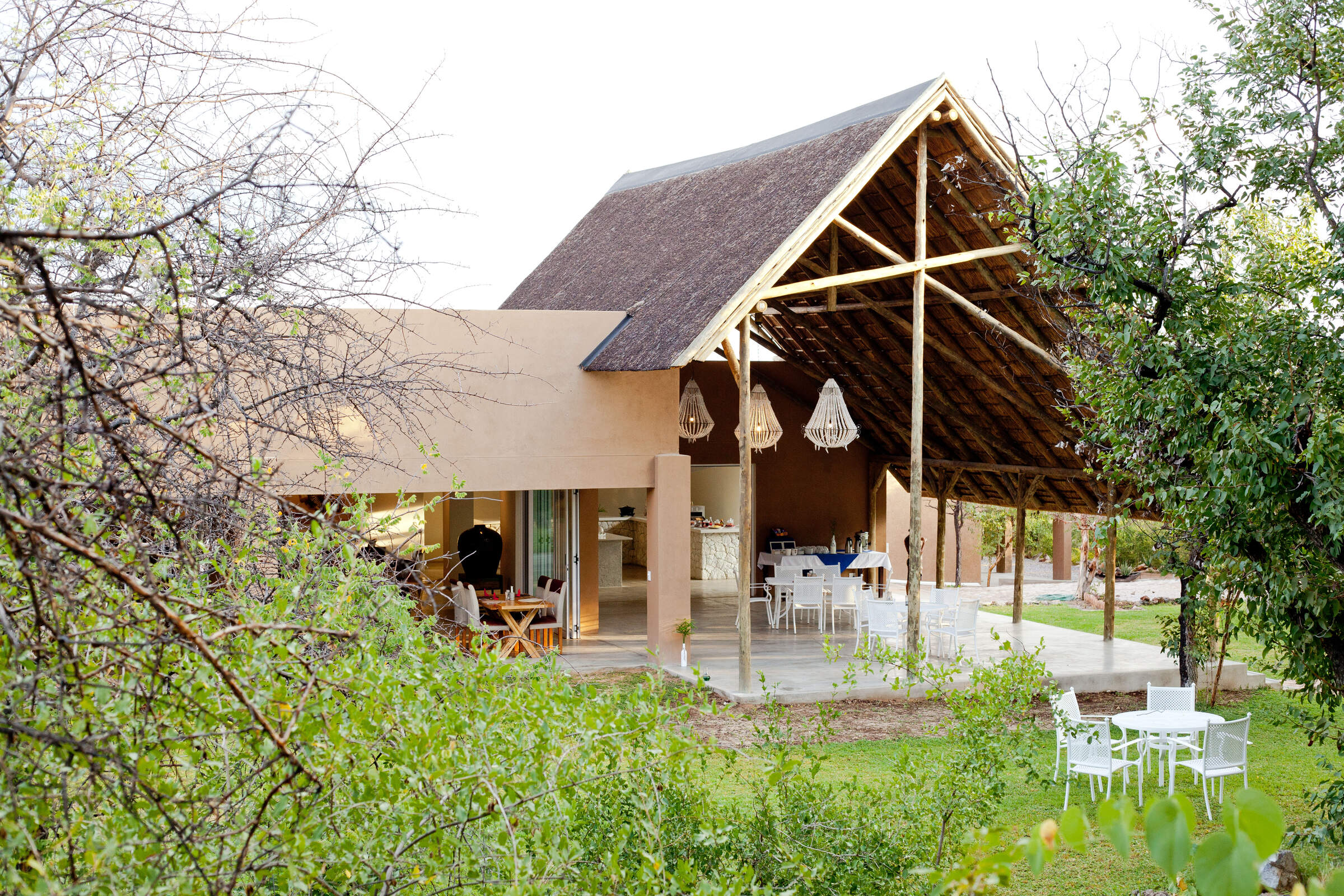
Toshari Lodge
Smart and professionally run, the hotel-style Toshari Lodge is well-placed for self-driving in Etosha National Park.
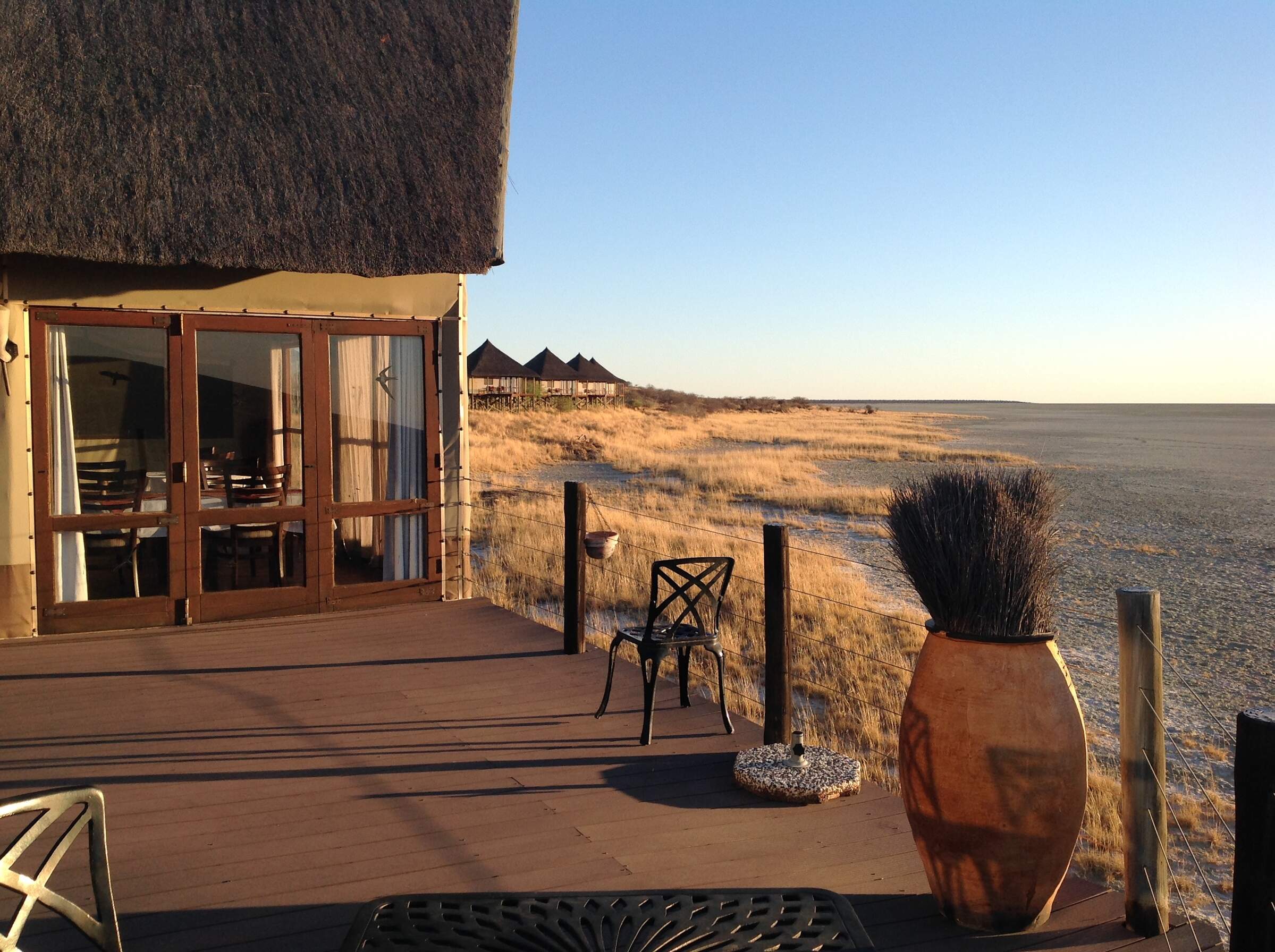
Onkoshi Camp
Onkoshi Camp is owned and run by Namibia Wildlife Resorts. Built on elevated wooden platforms it overlooks Etosha Pan.
When to go to Etosha National Park
Our month by month guide: What it's like to visit Halali Camp in Etosha National Park
Jan
Feb
Mar
Apr
May
Jun
Jul
Aug
Sep
Oct
Nov
Dec
Etosha National Park in January
January marks the start of Etosha's main rainy season. The Etosha Pan, usually a vast expanse of white clay, may partially fill with water in good rainy season, attracting flamingos and other migratory birds. The landscape transforms into a lush green oasis, providing ample food for wildlife. Many animals give birth during this time, offering chances to see newborns.
While game viewing can be challenging due to dispersed wildlife and thick vegetation, birdwatching is excellent. Migratory species arrive and birds display breeding plumage. The Okaukuejo and Halali waterholes remain active, though less crowded than in dry months. Visitors should be prepared for occasional thunderstorms and potentially muddy roads, especially around Fischer's Pan.
The vibrant greenery and the presence of young animals make this a fantastic time for photography.
- Variable weather: hot, dry or humid with rain
- Occasional localised thunderstorms in Etosha
- Many animals with young; spectacular birdlife
- Wildlife dispersed, harder to see in Etosha
- Fewer tourists; low rates at most lodges
Our view
This is not a great time to visit
Weather in January
Etosha National Park in February
February is typically Etosha's wettest month. The Etosha Pan may be partially filled, creating a spectacular sight and attracting numerous waterbirds, including flamingos. The landscape is vibrantly green, with many animals raising their young.
While game viewing can be more challenging due to the abundance of water and vegetation, patient observers can spot a variety of wildlife, and share their sightings with fewer other visitors. Birdwatching is excellent, with many species in breeding plumage. The Fairy Tale Forest near Okaukuejo is particularly lush during this time.
Visitors should be prepared for occasional thunderstorms and potentially challenging road conditions, especially in the eastern part of the park. The lush environment and the presence of young animals provide a unique opportunity to witness the park's life cycle.
- Variable weather with occasional thunderstorms
- Bush feels alive; birdlife at its peak in Etosha
- Wildlife in Etosha dispersed, harder to spot
- A variety of newborn and young wildlife to see
- Few tourists; lowest rates for accommodations
Our view
This is not a great time to visit
Weather in February
Etosha National Park in March
As Etosha's main rains taper off, March offers a mix of wet and dry days. The landscape remains green and alive, with insects and smaller animals more easily seen, and many birds and animals are finishing raising their young.
The Etosha Pan may still hold some water, attracting flamingos and other waterbirds. Game viewing improves as the month progresses and animals start to herd together at permanent water sources. The Okaukuejo, Halali, and Namutoni waterholes become increasingly active.
Birdwatching remains excellent, with many migrant species still around. The Dolomite Camp area in the west offers good chances to spot rarer antelope species like black-faced impala.
The transition from wet to dry conditions provides a fascinating glimpse into the park's seasonal changes.
- Weather variable; thunderstorms less frequent
- Animals well-fed after months of abundance
- Wildlife in Etosha still dispersed, harder to see
- Migrant birds prepare to leave the park
- Few visitors; rates often low at Etosha lodges
Our view
A good time to visit, with pros & cons
Weather in March
Etosha National Park in April
April typically sees dry weather dominating in Etosha, with decreasing chances of rain. The landscape remains relatively green, and animals are in excellent condition with shiny coats. Increasing numbers of elephants seen as the herds begin to use the permanent water sources. The Okaukuejo waterhole becomes particularly active, especially in the evenings.
Photographers benefit from clear air and lush, green backdrop. Night drives from camps like Halali offer chances to see nocturnal animals. Birdwatching remains good, though some migratory species begin to depart, and the Fischer's Pan area can still be productive for waterbirds if there's residual water from the rainy season.
The shift towards drier conditions improves the chances of wildlife sightings.
- Becoming drier and cooler, especially at night
- Few visitors except around Easter; low rates
- Wildlife in Etosha still relatively spread out
- Migrant birds have largely left the park
- Fresh air and often green landscapes in Etosha
Our view
A good time to visit, with pros & cons
Weather in April
Etosha National Park in May
May marks the transition to Etosha's dry season. The landscape starts to dry out, but may still retain some greenery. Wildlife increasingly gathers around permanent water sources, making game viewing more predictable. The Okaukuejo, Halali, and Namutoni waterholes become excellent spots for animal observation – especially when floodlit after dark. Night drives offer opportunities to see nocturnal species like leopards and owls.
The Etosha Pan is usually dry, creating a stark, shimmering backdrop for photography. Birdwatching remains good, with 340 different species recorded in the park. The western part of the park, accessible from Dolomite Camp, offers chances to see rarer species like black rhino in a less frequently explored environment. The dry season's onset brings a new rhythm to the park's wildlife dynamics.
- Lovely weather: dry, warm days & cool nights
- Etosha drying out; landscapes still partly green
- Fantastic air clarity; ideal for photography
- Visitor numbers low; lodge rates still low
- Wildlife starting to gather at Etosha waterholes
Our view
A very good time to visit
Weather in May
Etosha National Park in June
June brings cooler temperatures with clear skies to Etosha. The landscape is drying out, encouraging animals like elephants, rhino and giraffe to waterholes. This makes for excellent game viewing, especially at popular spots like Okaukuejo and Halali. Night drives on private Etosha reserves, like Ongava, are particularly productive.
The dry Etosha Pan creates mirages and a unique backdrop for photography, perhaps a lone ostrich crossing the stark salt crust. Birdwatching remains rewarding, with bright colours standing out in drier vegetation. The Namutoni area, with its fort, provides a mix of wildlife viewing and historical interest.
Cooler temperatures making walking safaris enjoyable in Etosha’s adjacent wildlife reserves, like Etosha Heights.
- Clear days, cold nights in Etosha National Park
- Great air quality; perfect for photographers
- Moderate lodge rates; shoulder season begins
- Wildlife gravitates to Etosha's waterholes
- Some greenery remains in parts of the park
Our view
A very good time to visit
Weather in June
Etosha National Park in July
July is prime time for wildlife viewing in Etosha as animals, in particular predators, are more active later in cool mornings and earlier in the afternoons. The dry landscape concentrates animals around waterholes, making for predictable and spectacular sightings. The Okaukuejo waterhole is particularly active, especially at night when black rhinos often visit and jostle for position with elephants.
The stark white Etosha Pan creates a unique backdrop for photography, with heat mirages shimmering on the horizon.
The dry season's peak offers unparalleled wildlife viewing opportunities. Game drives along the southern edge of the pan offer excellent opportunities to see large herds of zebra, wildebeest, and antelope. Birdwatching is rewarding around waterholes, with species like eagles and vultures frequently sighted.
- Dry days, crisp nights; excellent for stargazing
- European holidays begin; more families visit
- Peak season; high rates, lodges often full
- Fantastic wildlife watching
- Animals concentrate around Etosha waterholes
Our view
A very good time to visit
Weather in July
Etosha National Park in August
August is the height of the dry season in Etosha, offering excellent wildlife viewing opportunities. Animals concentrate around waterholes, with a variety of predators and prey often seen at any one time. Night viewing at the more secluded yet floodlit waterhole at Halali is often rewarded with sightings of shyer leopard and porcupine.
The dry season's intensity brings wildlife into sharp focus. The open plains along the edge of the Etosha Pan are good for seeing large herds of zebra and wildebeest, and often cheetah too. Predators often lie in wait for their prey near waterholes offering sightings of hunts to patient game viewers.
Birdwatching remains rewarding, with raptors like bateleur and martial eagles frequently sighted.
- Dry days, cold nights; clear skies in Etosha
- Busy by Namibian standards; family rooms full
- Peak season; high rates, advanced booking needed
- Excellent wildlife viewing in Etosha National Park
- Large herds gather at Etosha's waterholes
Our view
Fantastic: the very best time to visit
Weather in August
Etosha National Park in September
September offers peak wildlife viewing in Etosha. The extreme dry conditions concentrate animals around waterholes, making for spectacular sightings of multiple species. The Okaukuejo waterhole is particularly active, with elephants, rhinos, and lions frequently visiting.
The last months of the dry season showcases the park's wildlife at its most concentrated. The stark landscape of the dry Etosha Pan creates dramatic backdrops for photography. Game drives along the pan's edge offer chances to see large herds of zebra, springbok, and oryx as well as lion prides and cheetah. The western part of the park, accessible from Dolomite Camp, often provides a more exclusive safari experience with good rhino sightings. Night drives on adjacent private reserves like Hobatere offer opportunities to see nocturnal animals such as genets and aardwolves.
Birdwatching is excellent, with species standing out clearly in the sparse vegetation.
- One of the best months for Etosha wildlife viewing
- Warm days, cold nights; temperatures rising
- Colourful birds stand out against a starker backdrop
- Etosha's waterholes teem with diverse wildlife
- High season; book Etosha accommodations early
Our view
Fantastic: the very best time to visit
Weather in September
Etosha National Park in October
October is typically Etosha's hottest and driest month, offering excellent wildlife viewing. The intense heat and dry conditions heighten the drama of wildlife interactions.
Animals concentrate heavily around waterholes, with spectacular sightings common at Okaukuejo, Halali, and other permanent water sources. Patient photographers spending time at waterholes are richly rewarded. Large herds of zebra, wildebeest, and various antelope species can be seen along the pan's southern edge. Predator sightings, including lions and cheetahs, are frequent as they target gathered and weakened prey. Thinning vegetation at Namutoni makes it easier to spot the dimunitive Damara dik dik – Namibia’s smallest antelope.
Birdwatching remains rewarding, with raptors and colourful rollers often spotted.
- Peak wildlife-viewing month in Etosha National Park
- Hot and dry; Etosha feels like a desert
- Air can be hazy with dust in some areas
- Peak time; expect high season rates in Etosha
- Etosha lodges often full, especially early October
Our view
A very good time to visit
Weather in October
Etosha National Park in November
November marks the transition to Etosha's rainy season, bringing change to the landscape and wildlife behaviour. Early rains may green the vegetation, dispersing some wildlife from waterholes. However, game viewing remains good, especially around permanent water sources like Okaukuejo and Halali’s floodlit waterholes.
The first rains can create dramatic scenes as animals celebrate the water's arrival, with plains game often giving birth. Predators often give birth at this time too, to coincide with the time of plenty. Migratory birds begin to return, and birds take to the skies in spectacular aerial shows as they catch more active insects.
Seasonal wildflowers and dramatic, thundery skies add interest to photographic compositions. Summer rains bring reptiles such as tortoises and chameleons out into the open. The onset of rains brings a refreshing change to the park's ecosystem.
- Variable month in Etosha, depending on rains
- If rain comes, explosion of vegetation and life
- Baby animals often born around mid-month
- Shoulder season; mid-range rates offer value
- Showers more likely later in the month in Etosha
Our view
A good time to visit, with pros & cons
Weather in November
Etosha National Park in December
December is often a drier month before January sees the main rainy season begin. The landscape begins to show green from November's rain and the odd rainshower in December. Many animals have young, so there’s the chance to watch frolicking calfs and lambs.
The combination of rainfall and sunshine rejuvenates the park's landscapes and wildlife. While wildlife disperses away from the waterholes with increased water availability, game viewing remains good, especially on the open plains along the southern edge of Etosha Pan. Birdwatching is excellent, with many species in breeding plumage and displaying for mates as well as migrant species arriving.
Visitors should be prepared for occasional thunderstorms and potentially muddy roads, especially in the eastern part of the park.
- Hot, sometimes humid with cooling showers
- Landscapes green where rain has fallen in Etosha
- New life and energy in the park's ecosystem
- Excellent for birdwatchers in Etosha
- Larger animals may be harder to spot
Our view
This is not a great time to visit
Weather in December

Looking for inspiration on where to travel next?
Visit our trip chooser to explore your options and find inspiration for your perfect African adventure
Inspire me